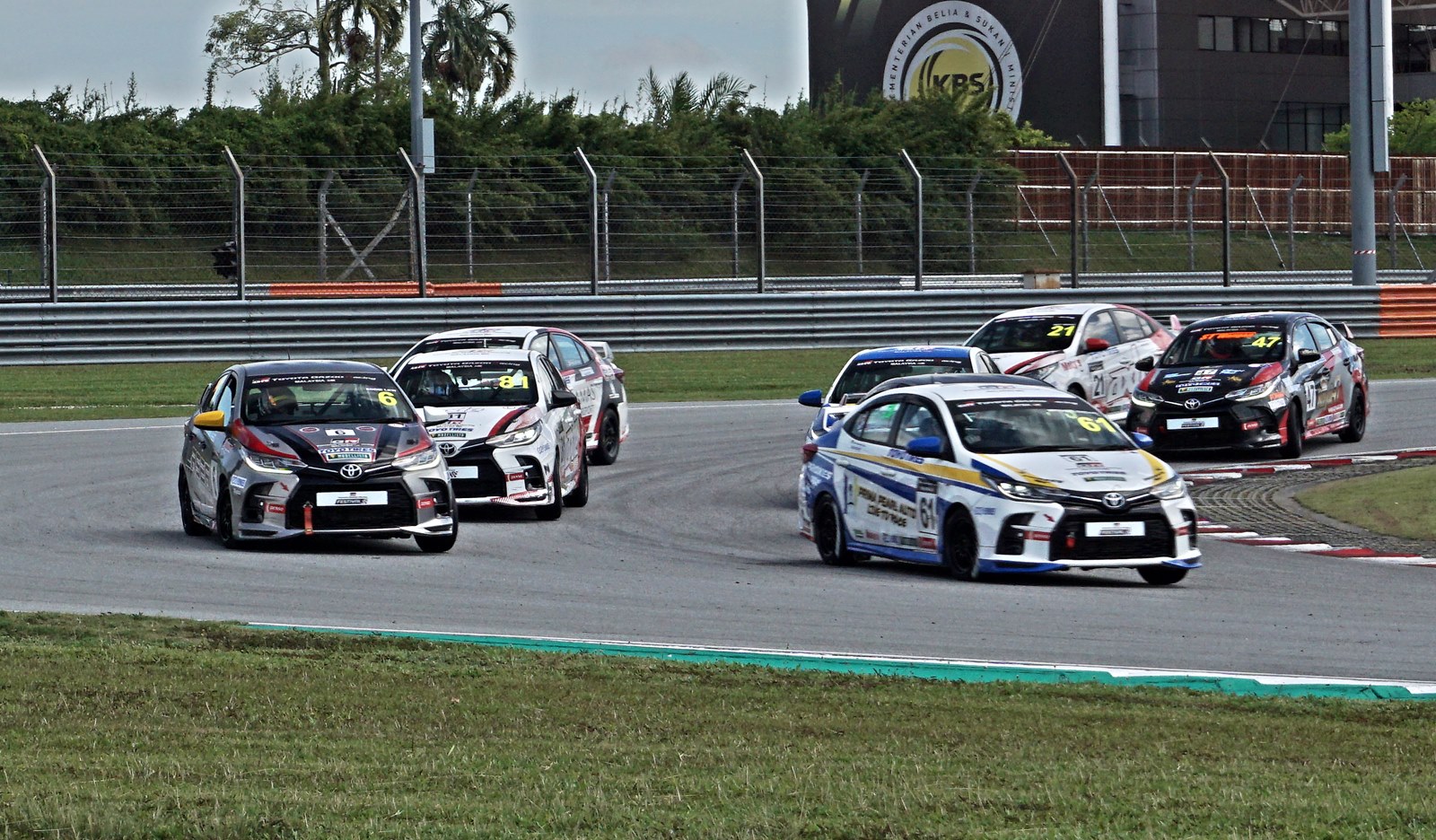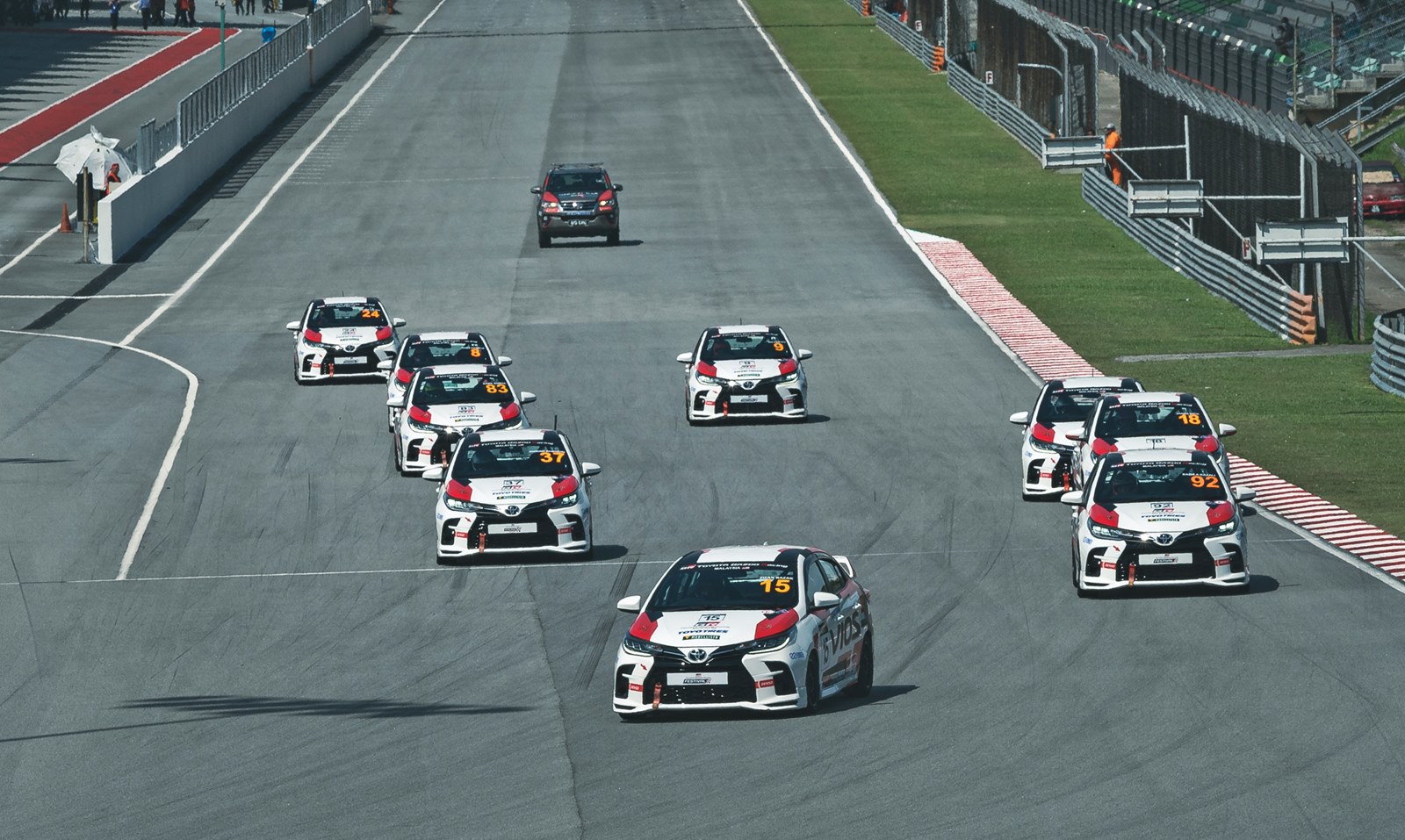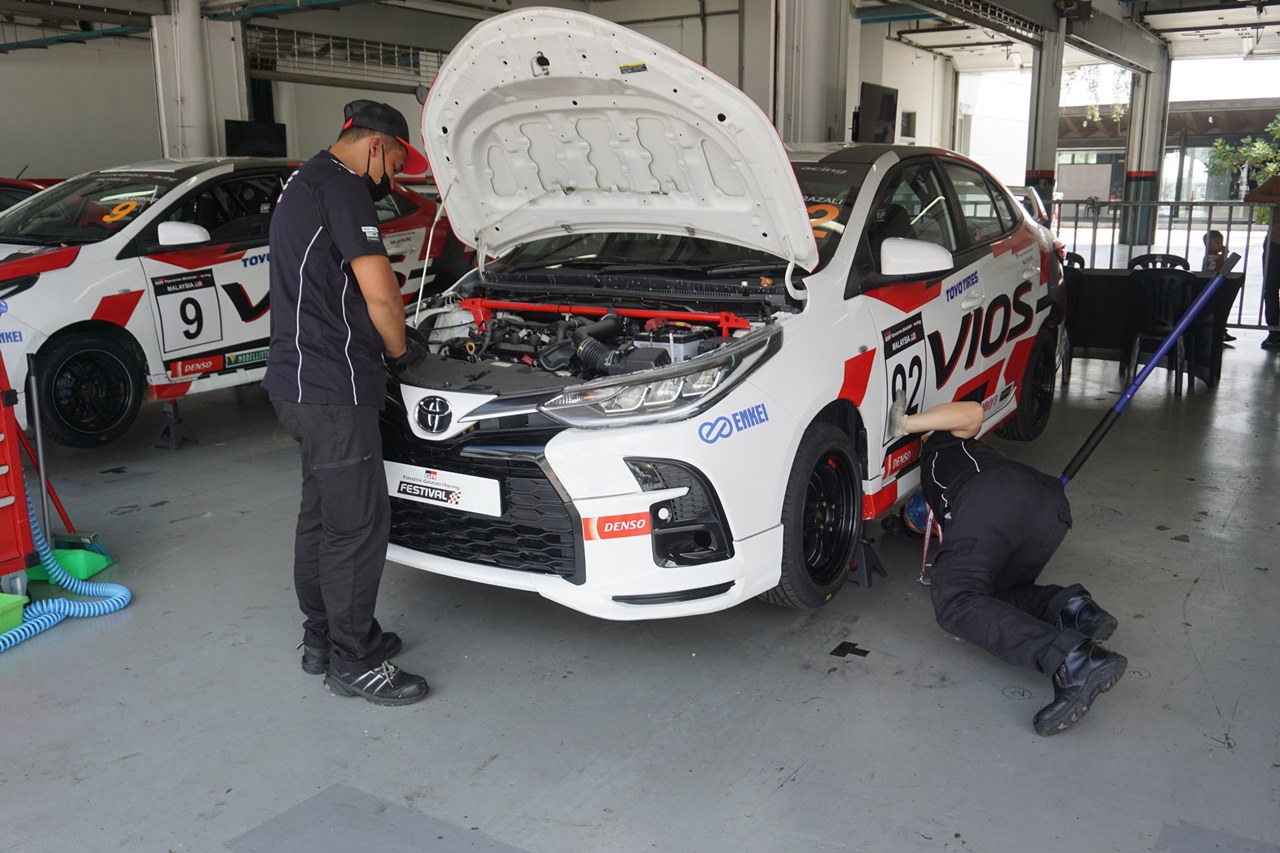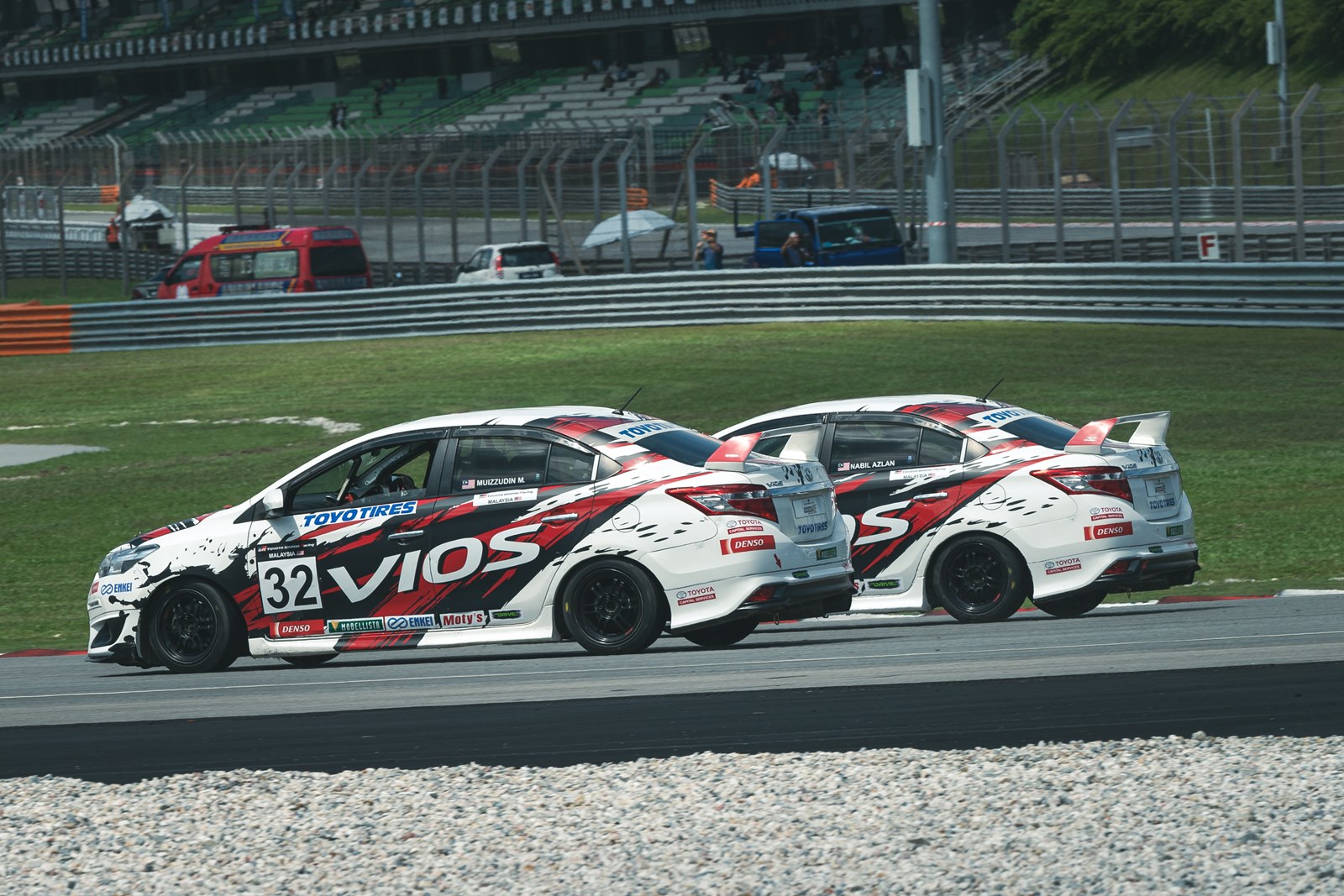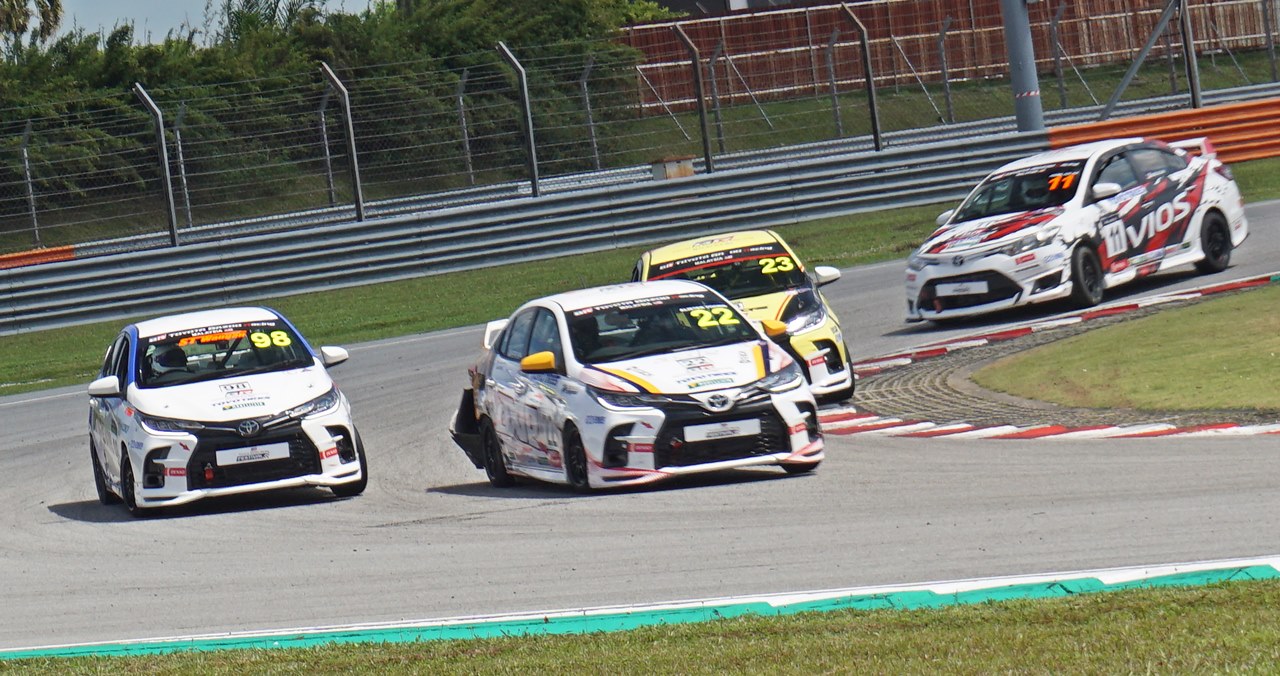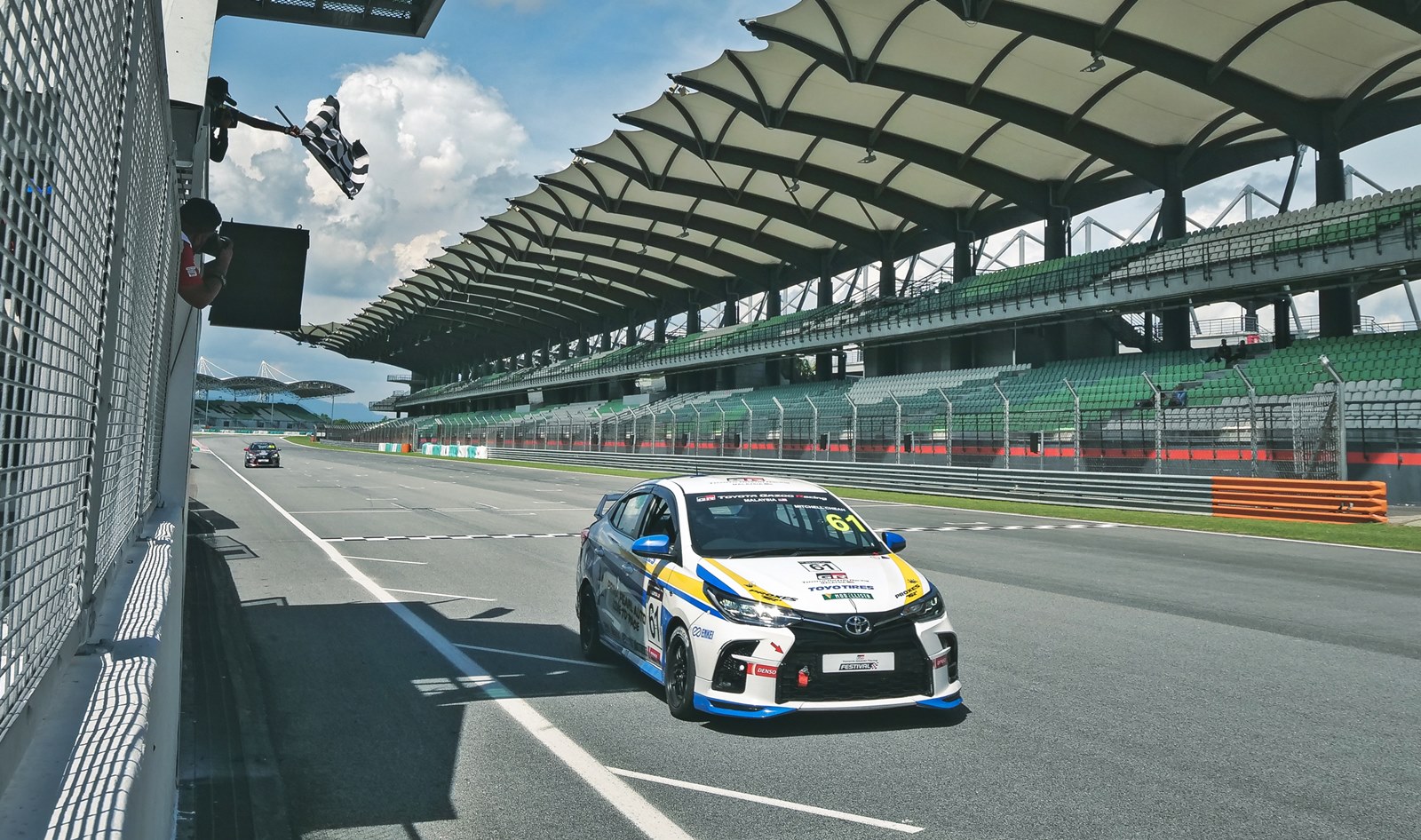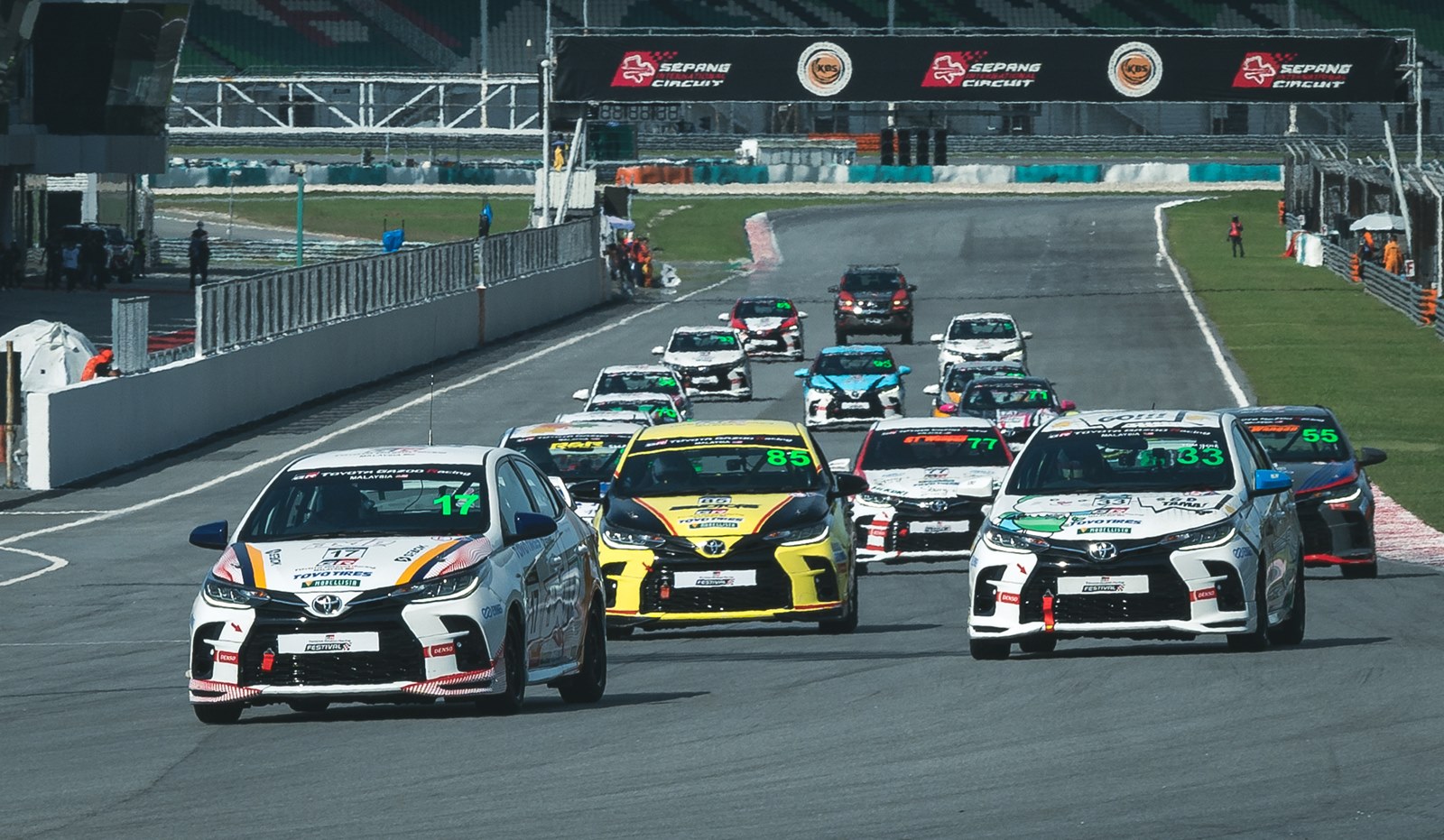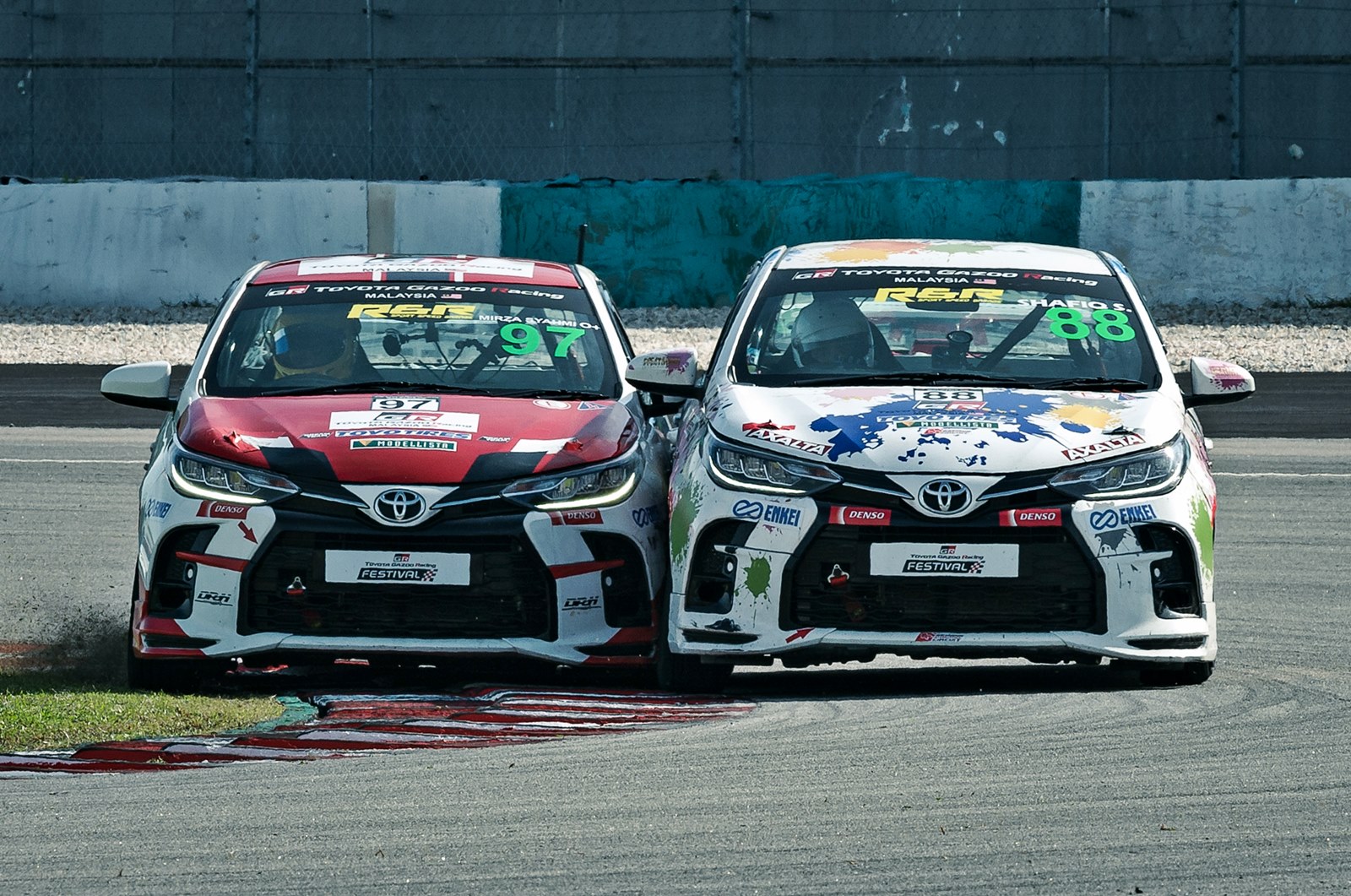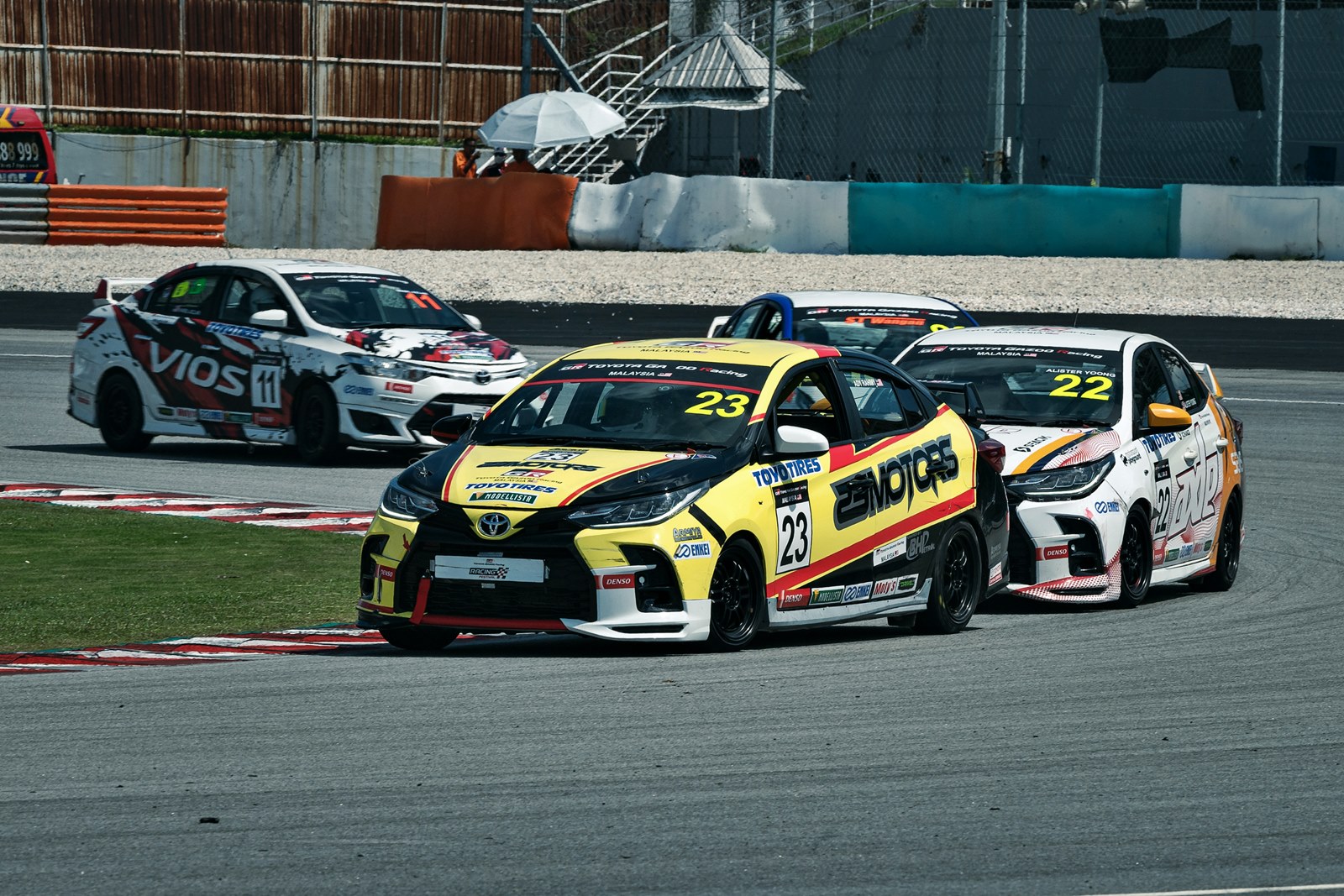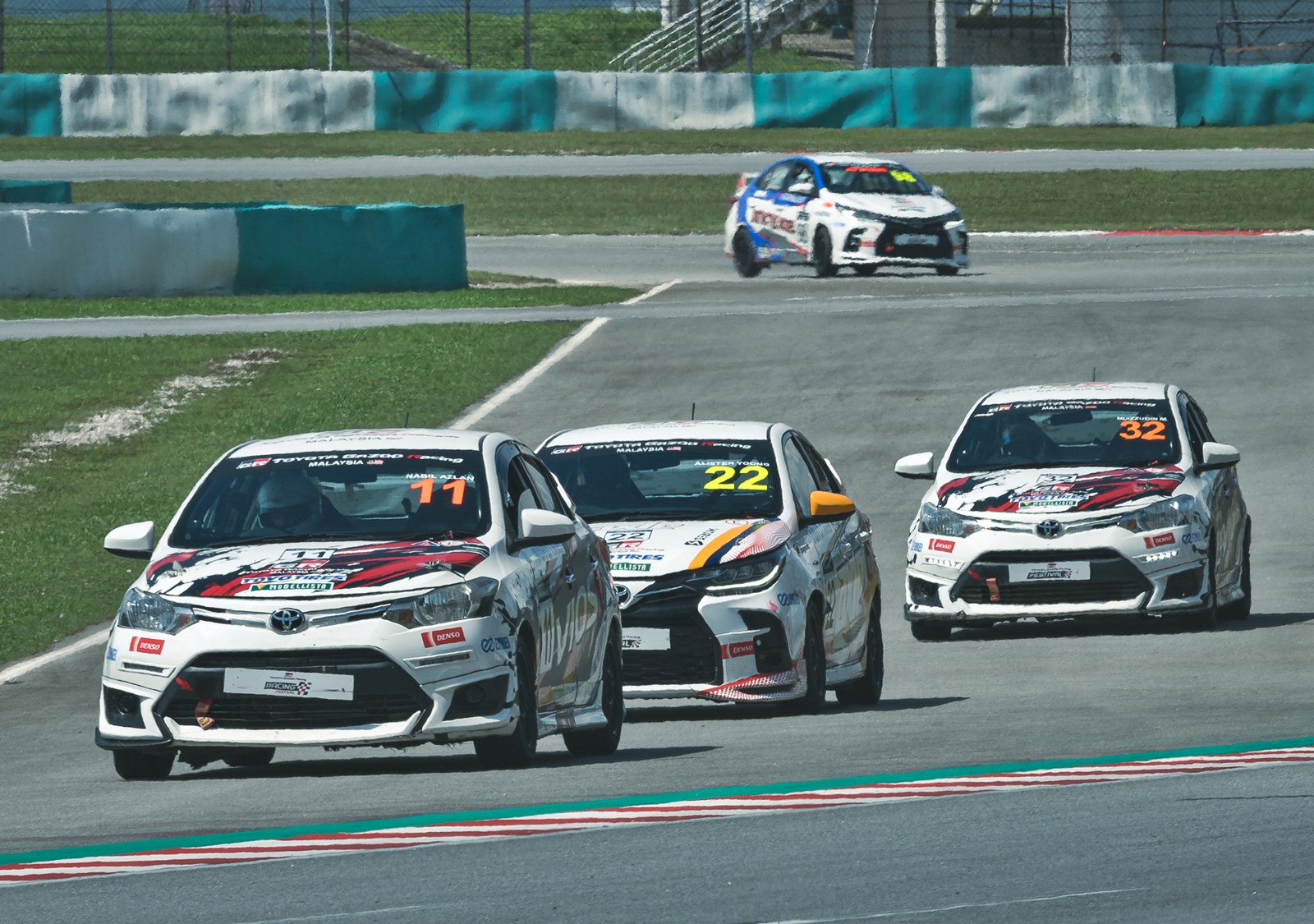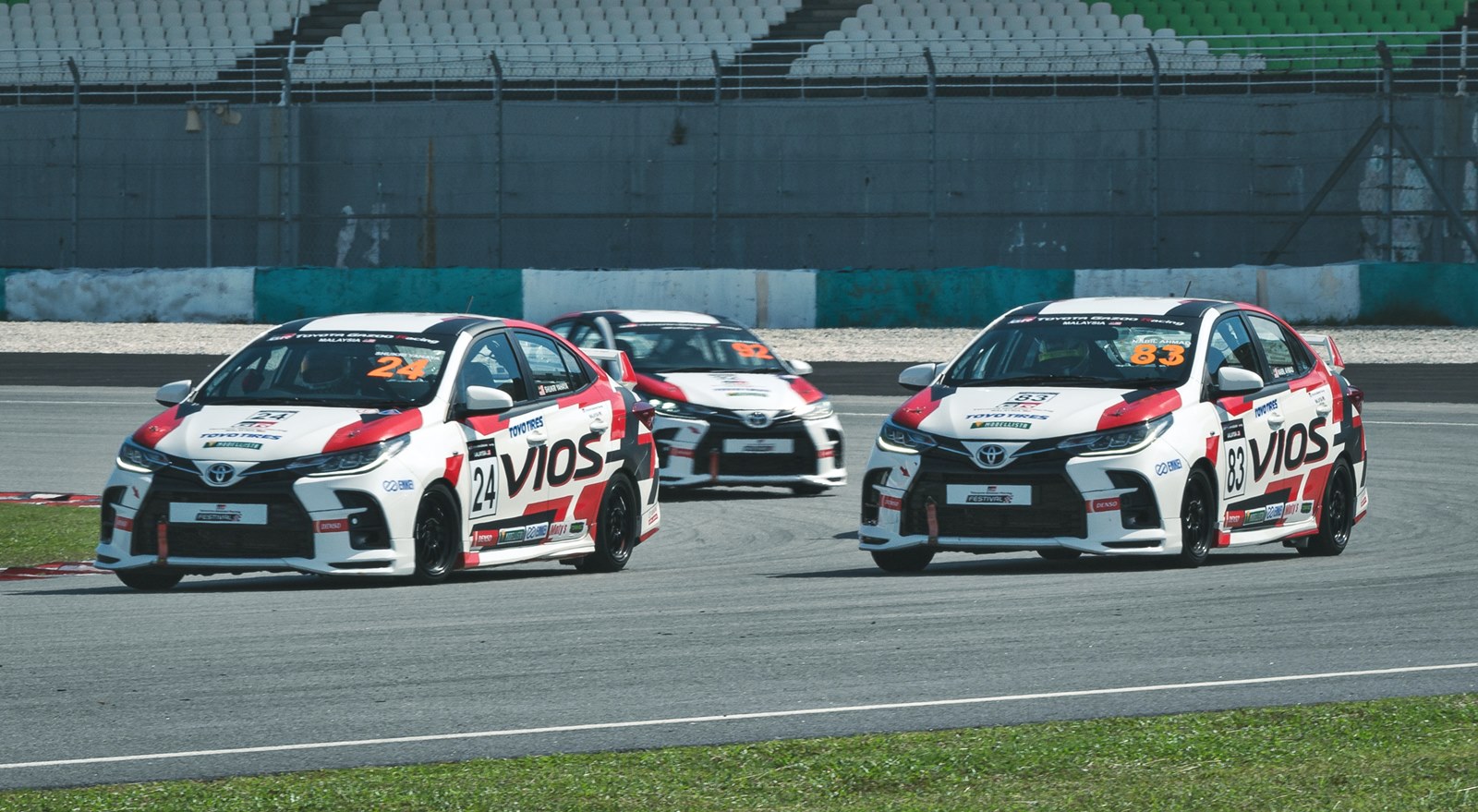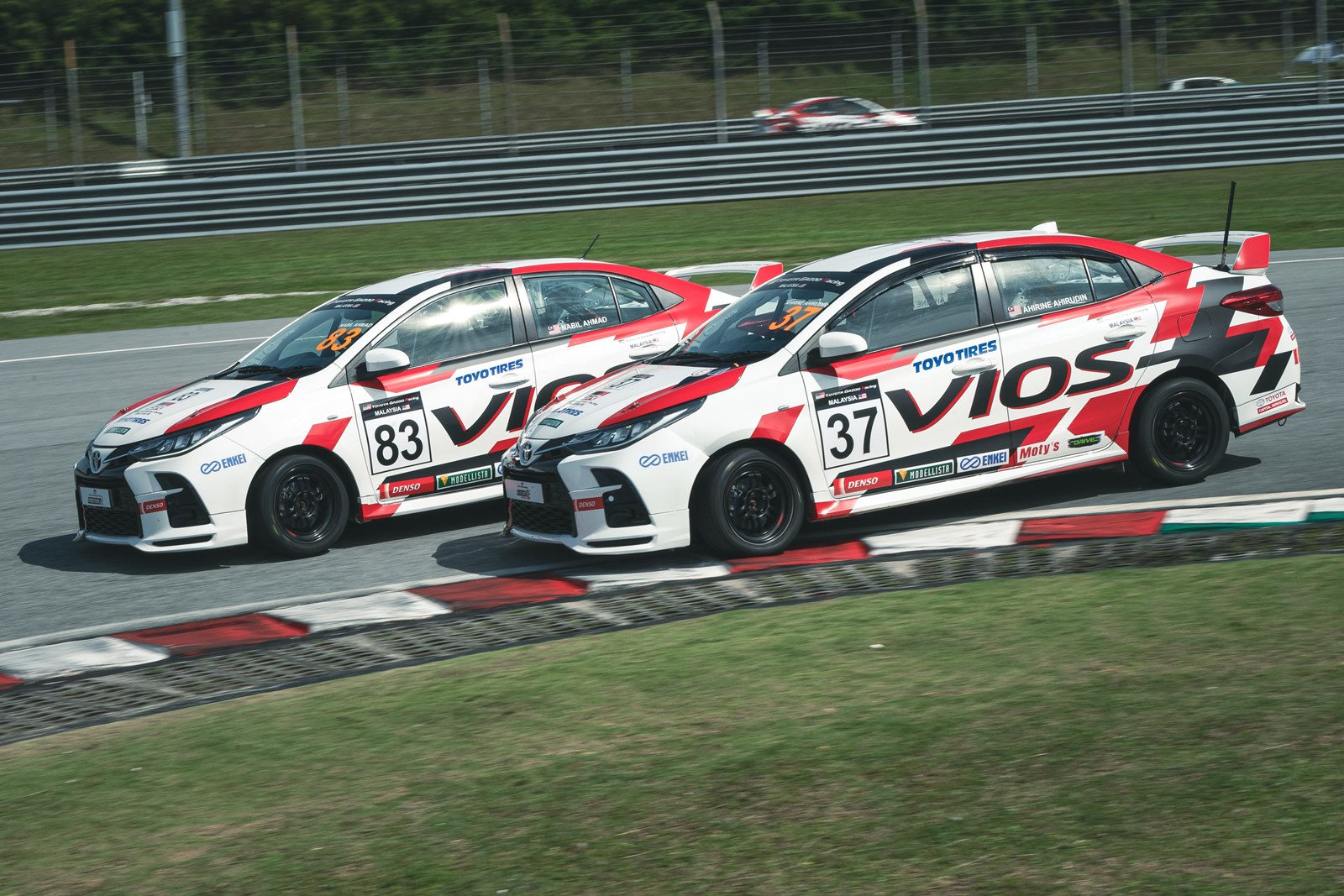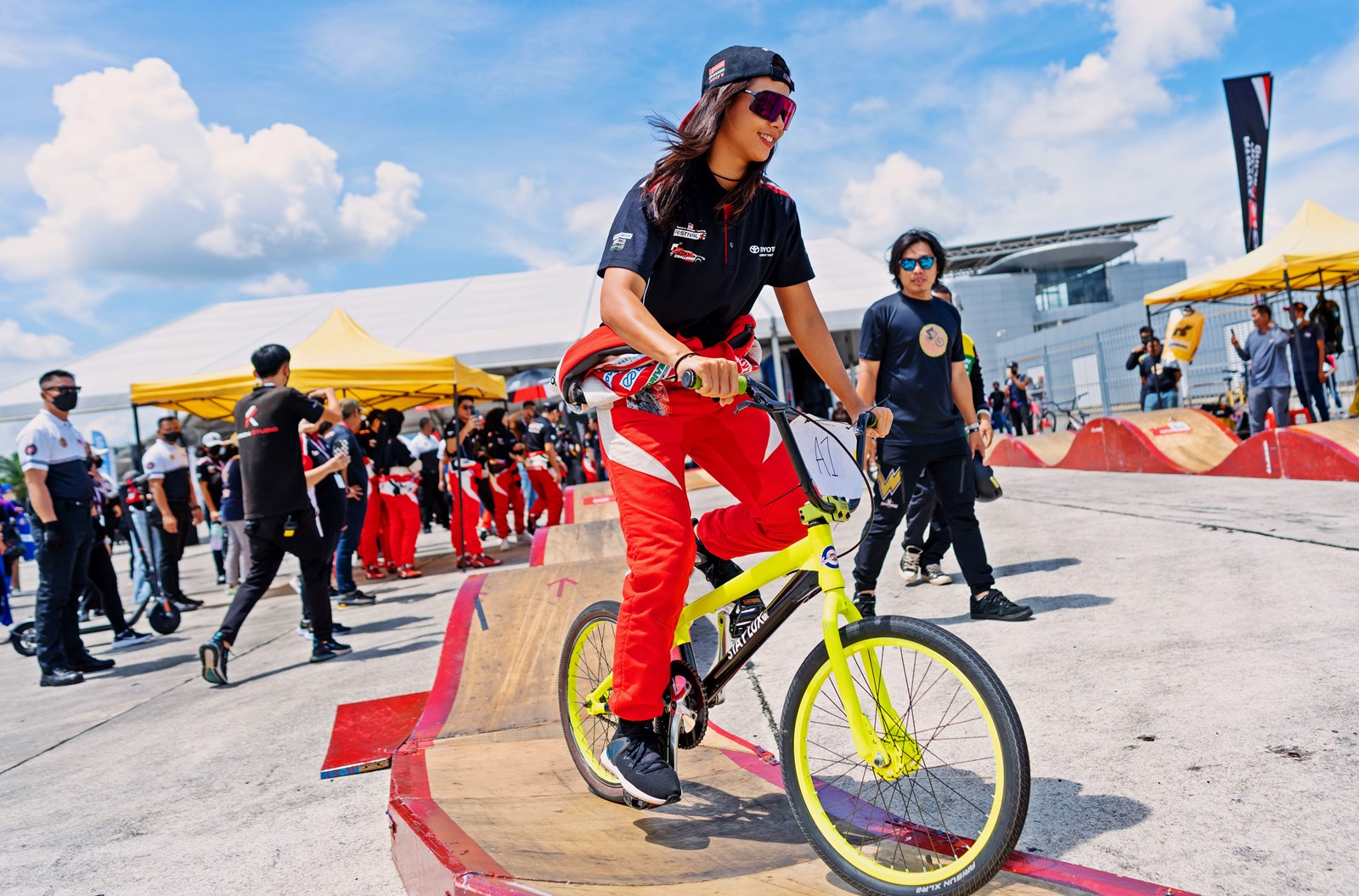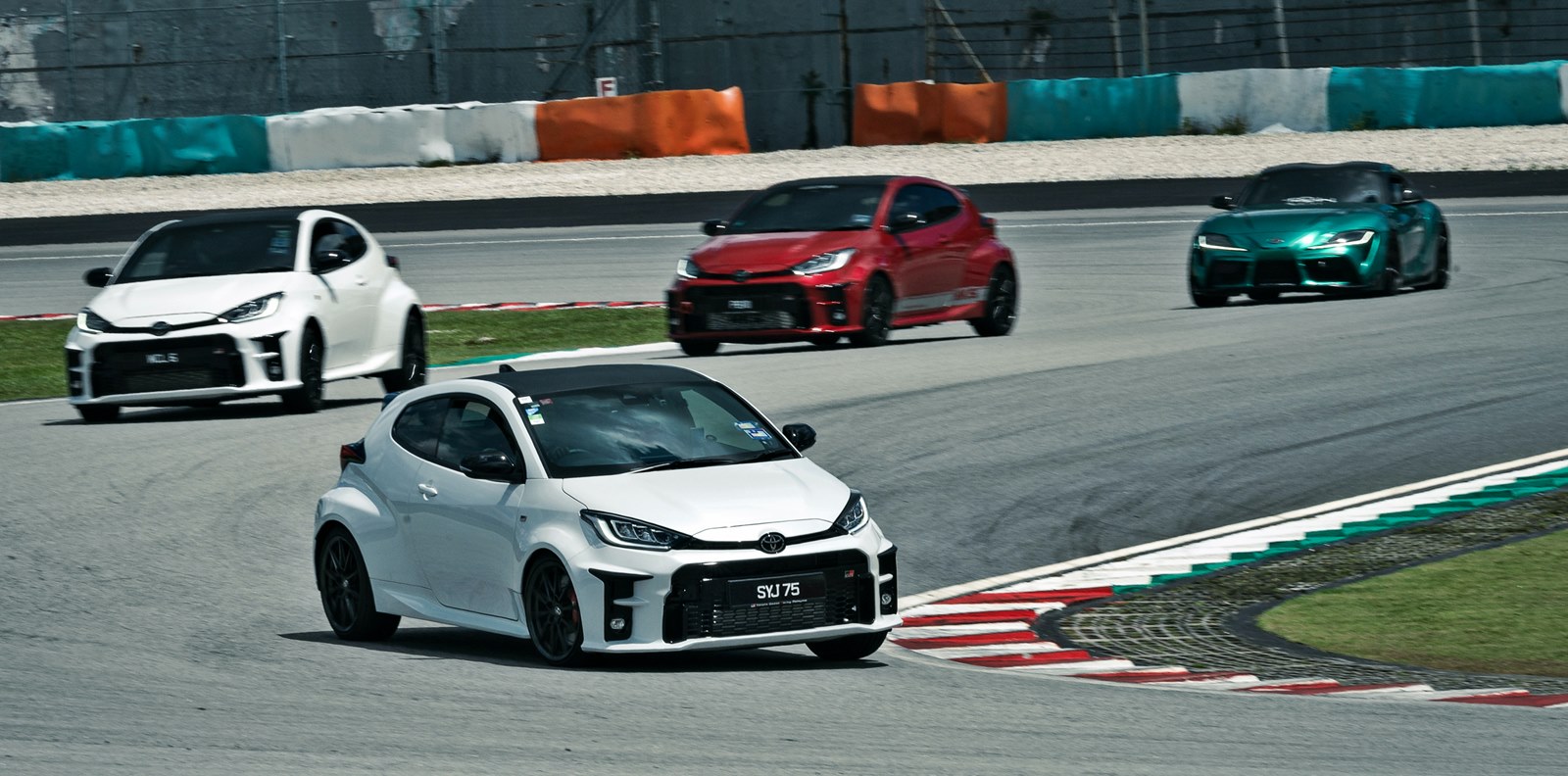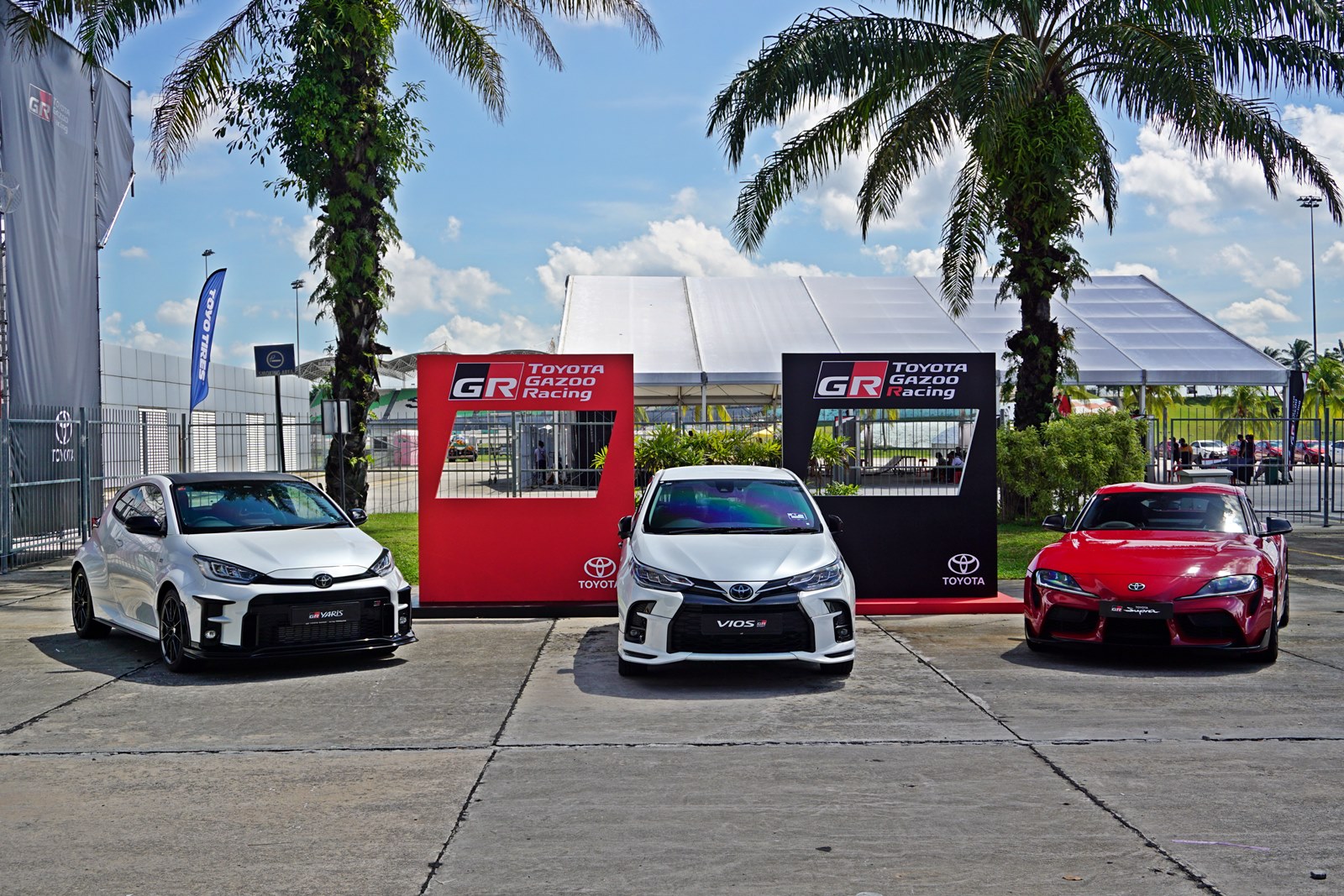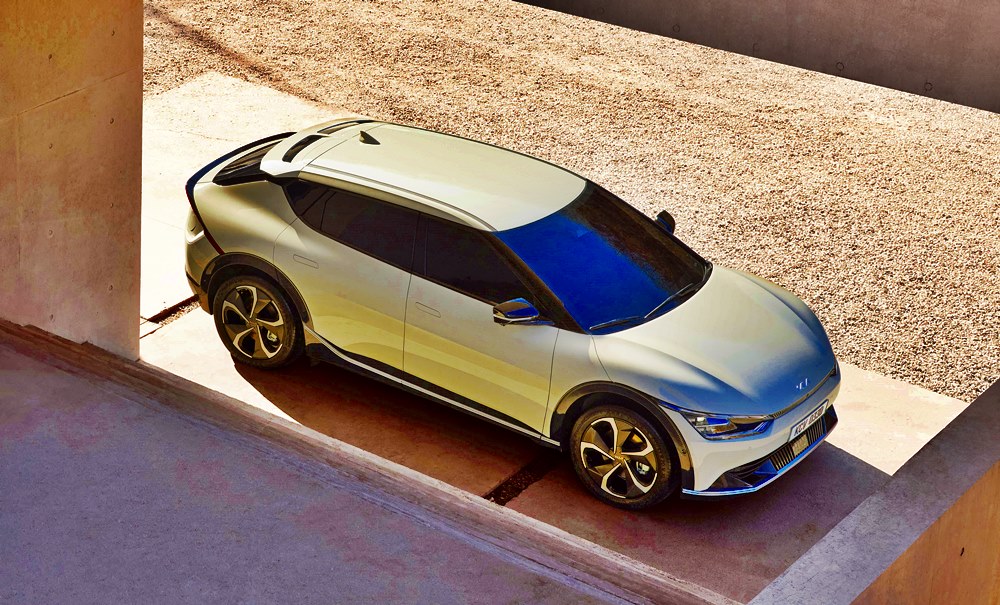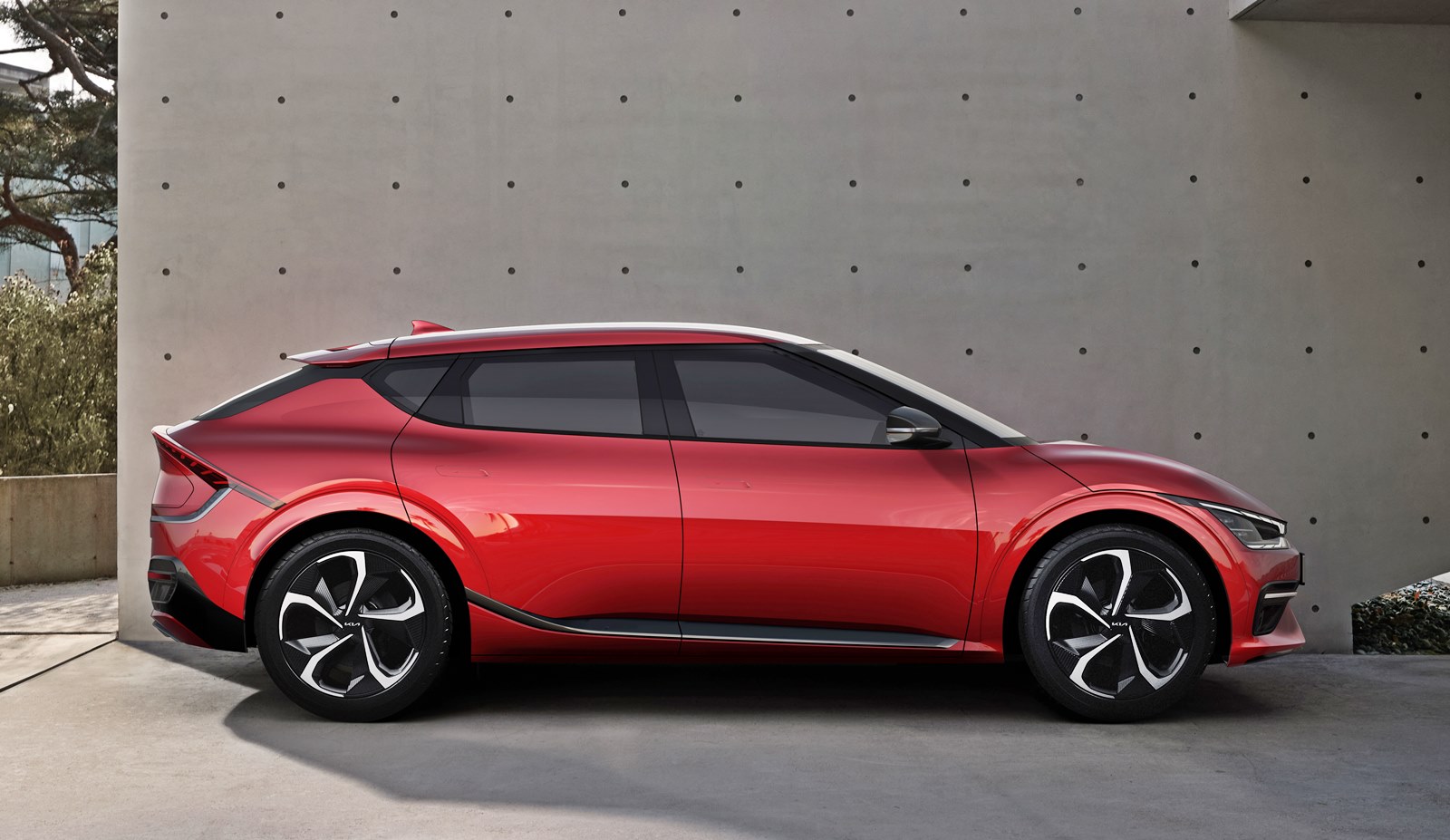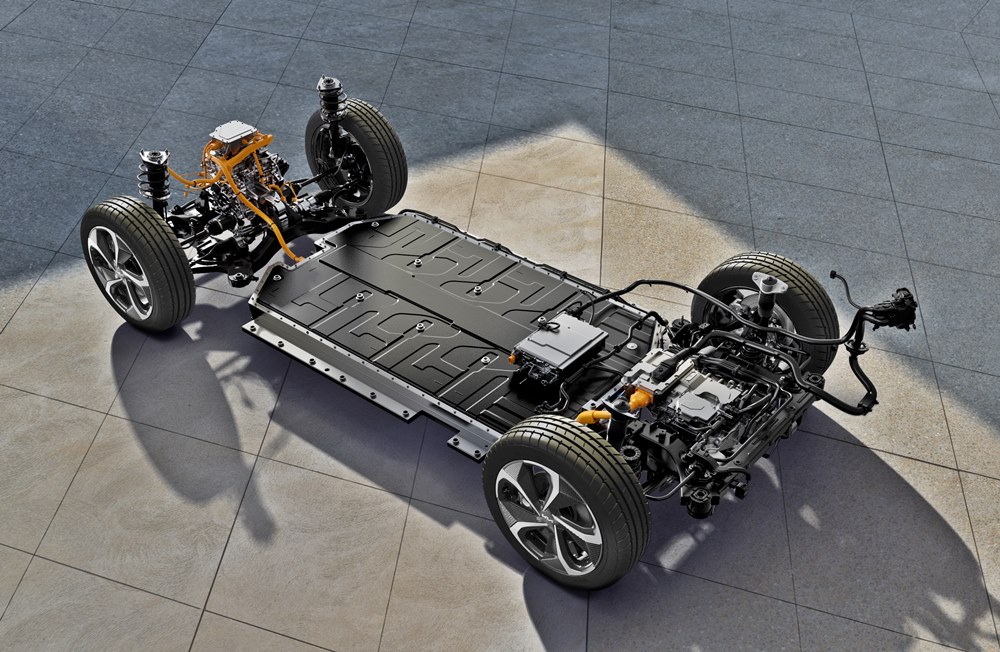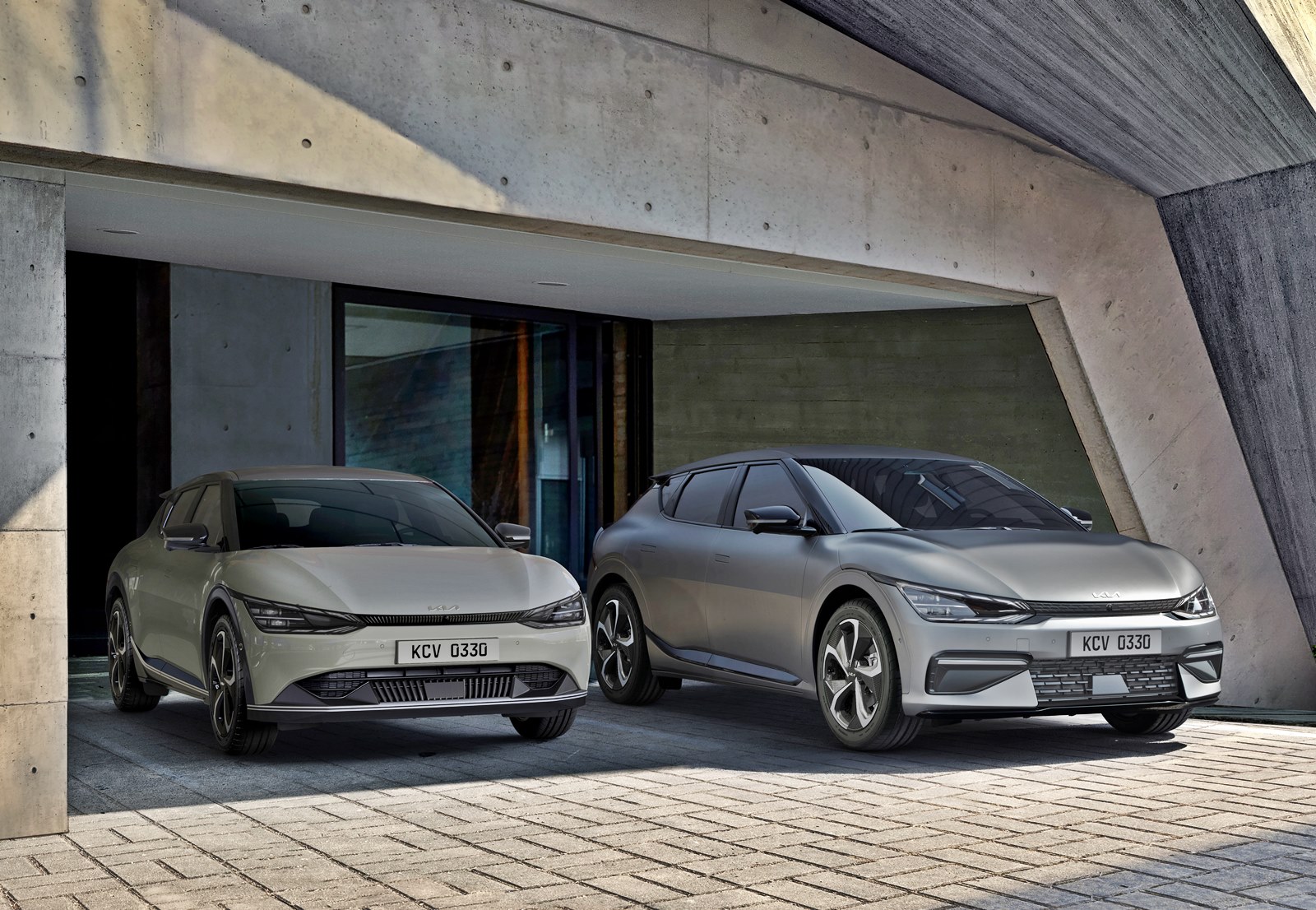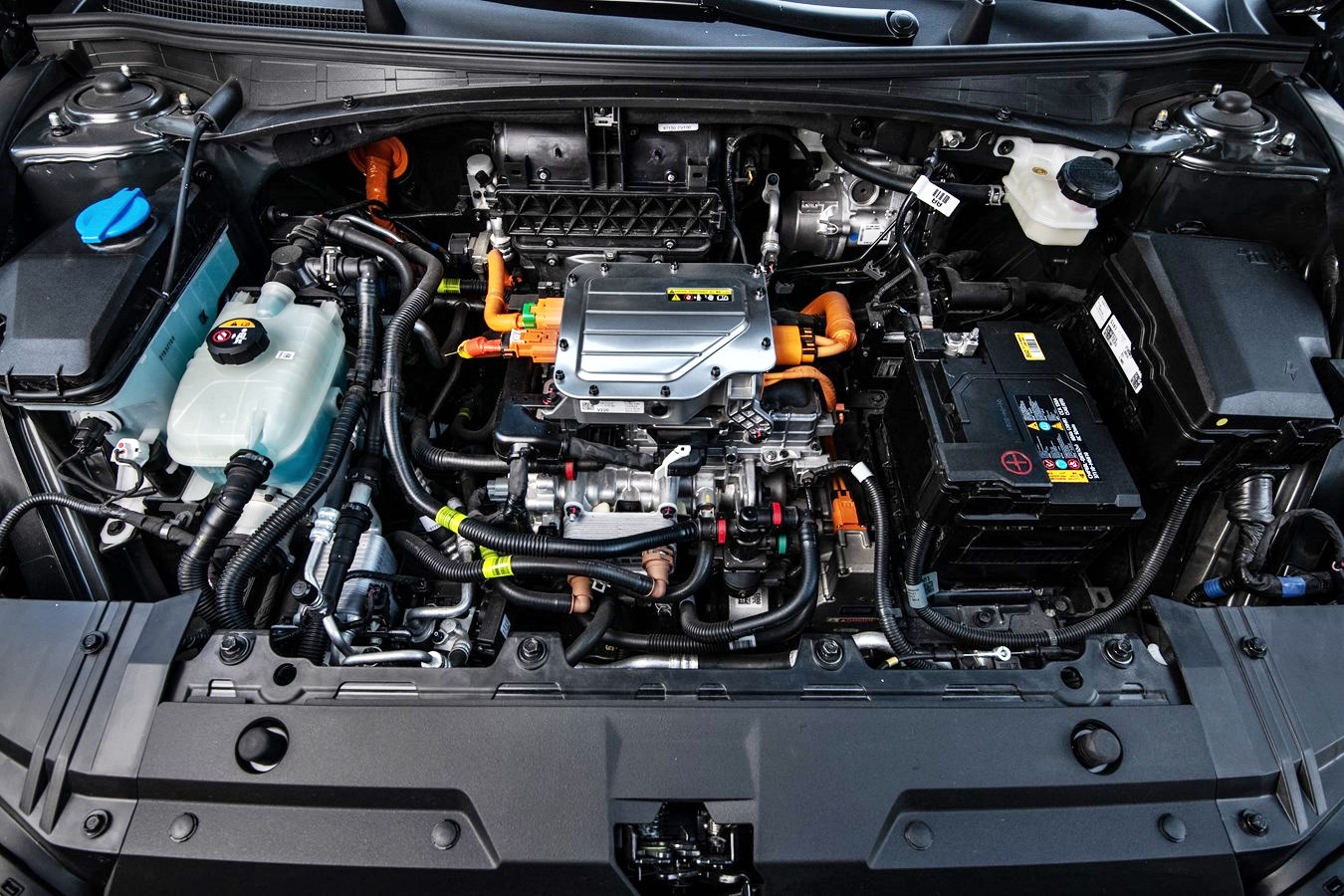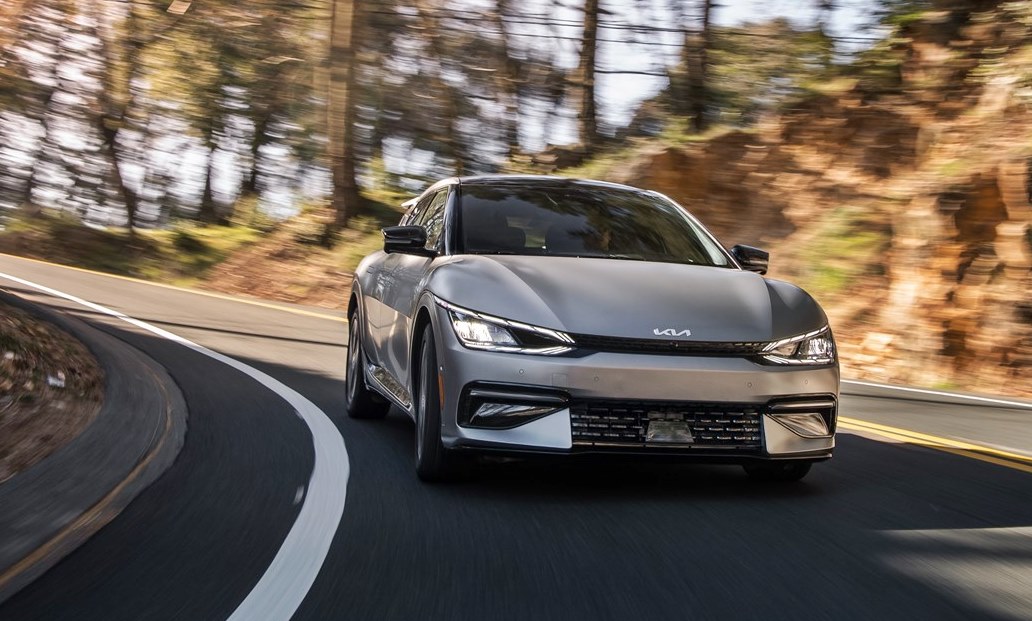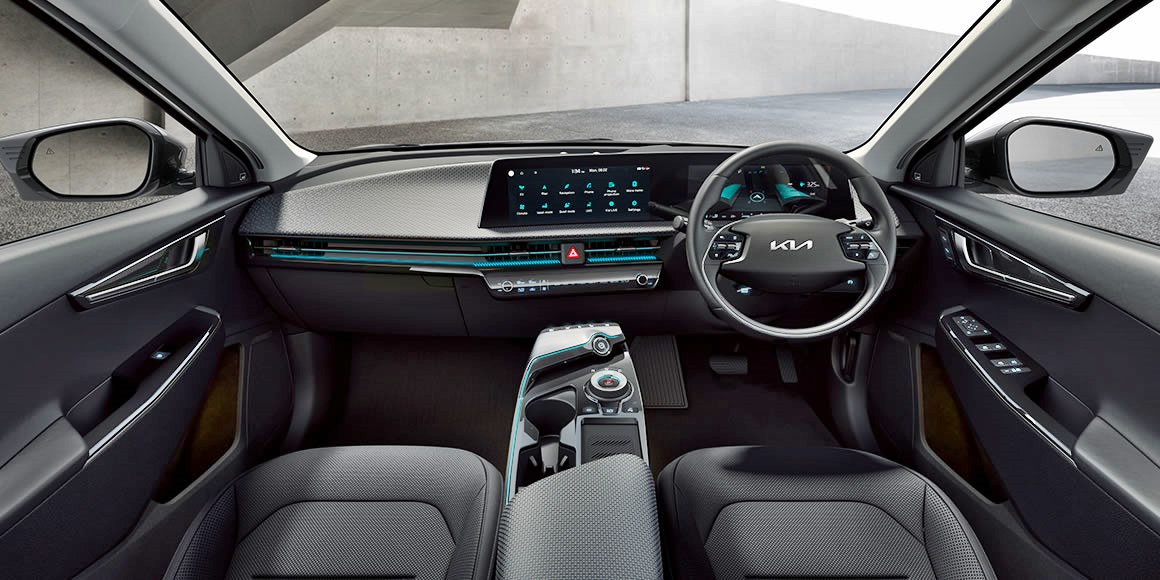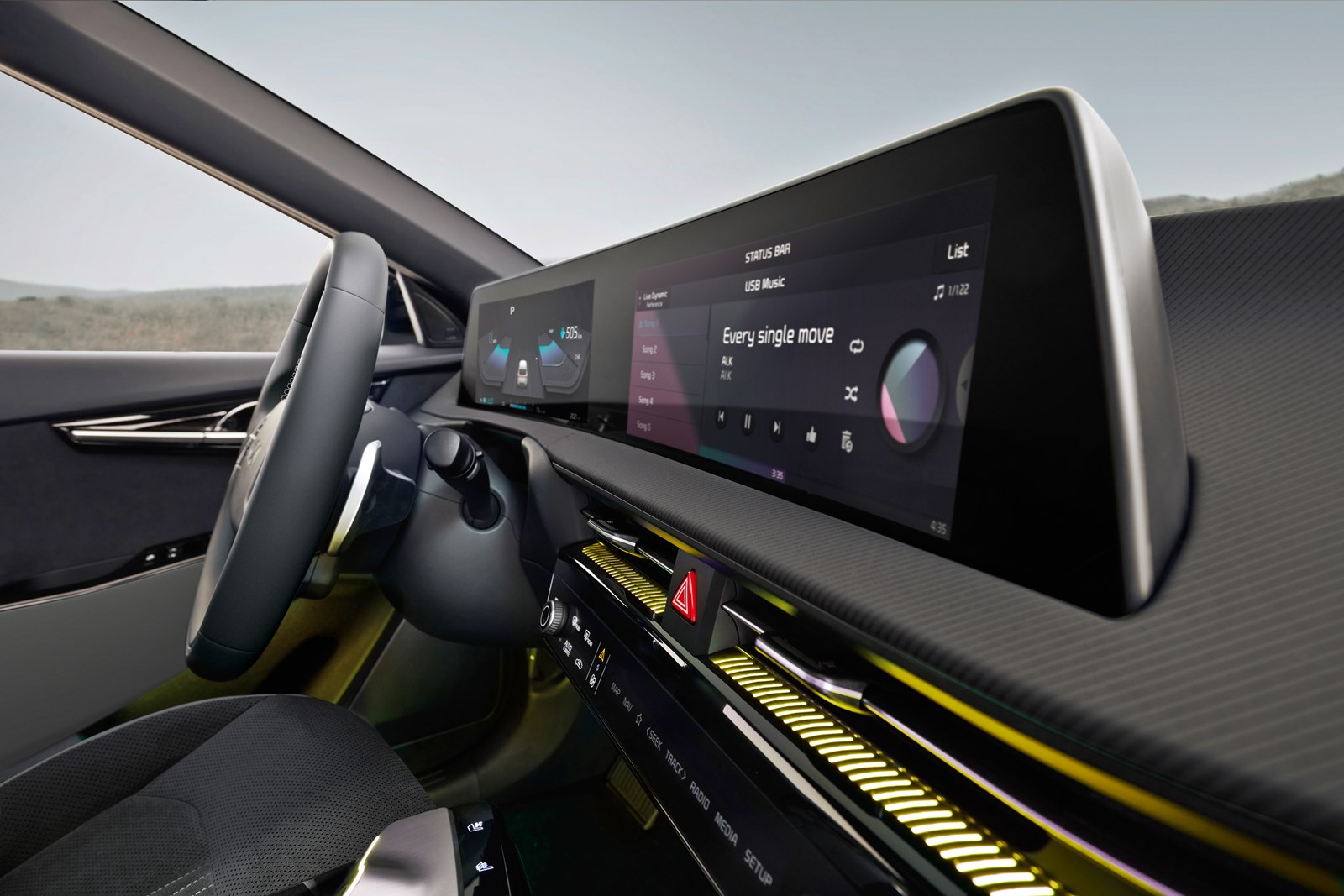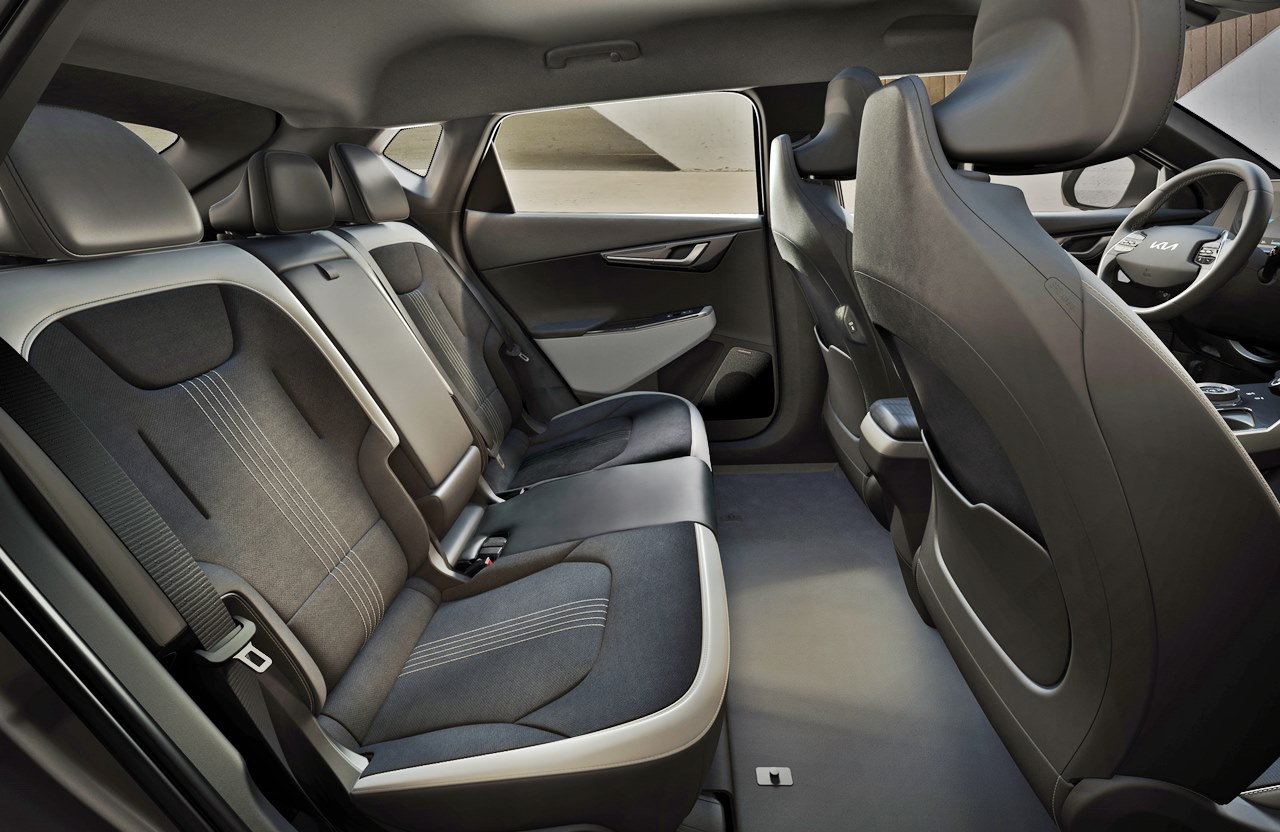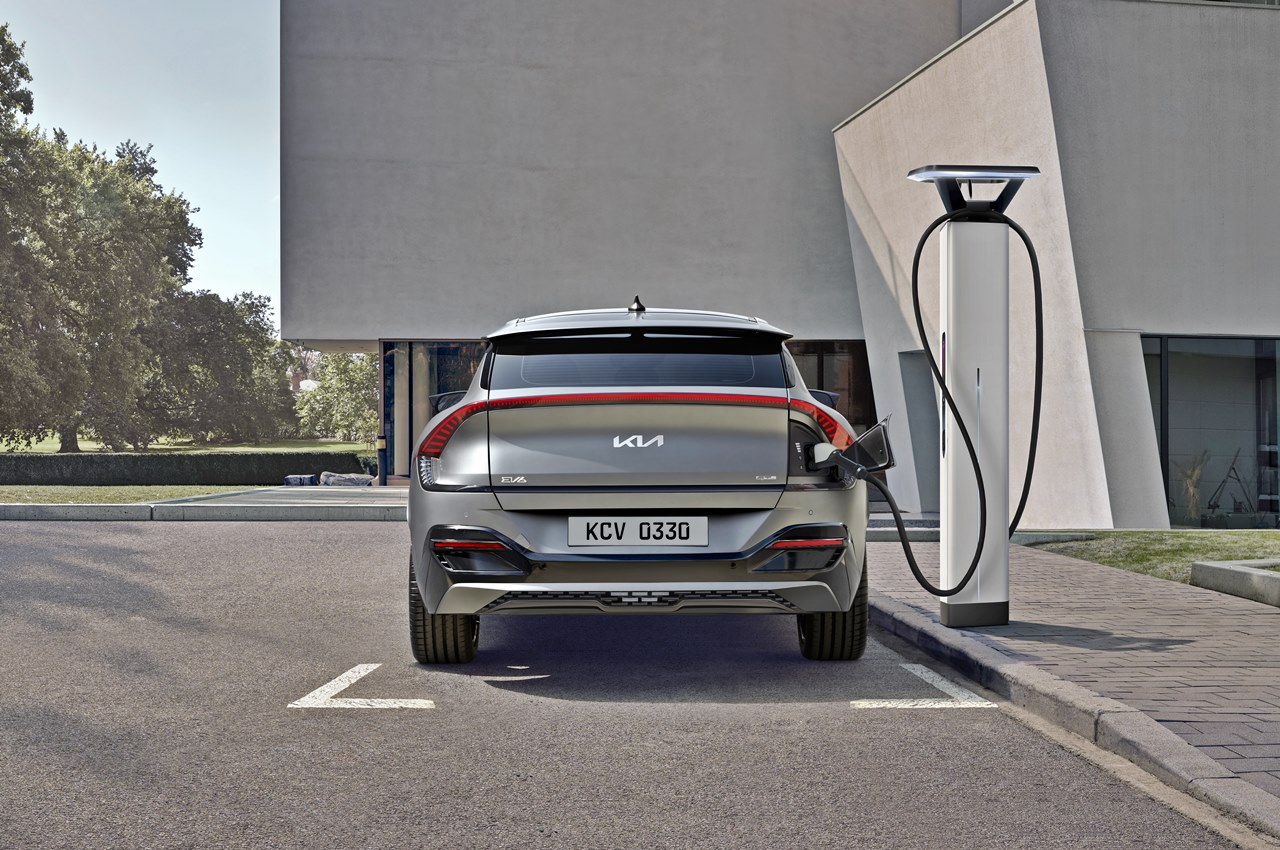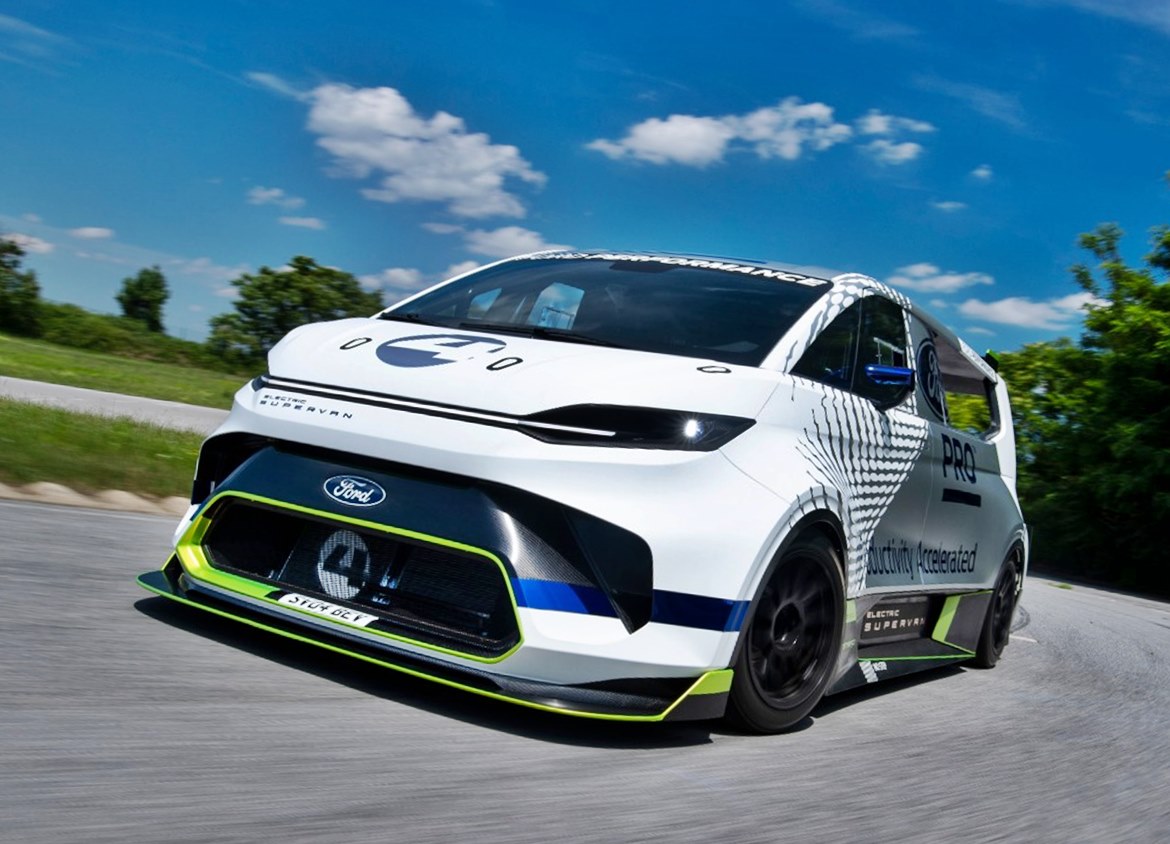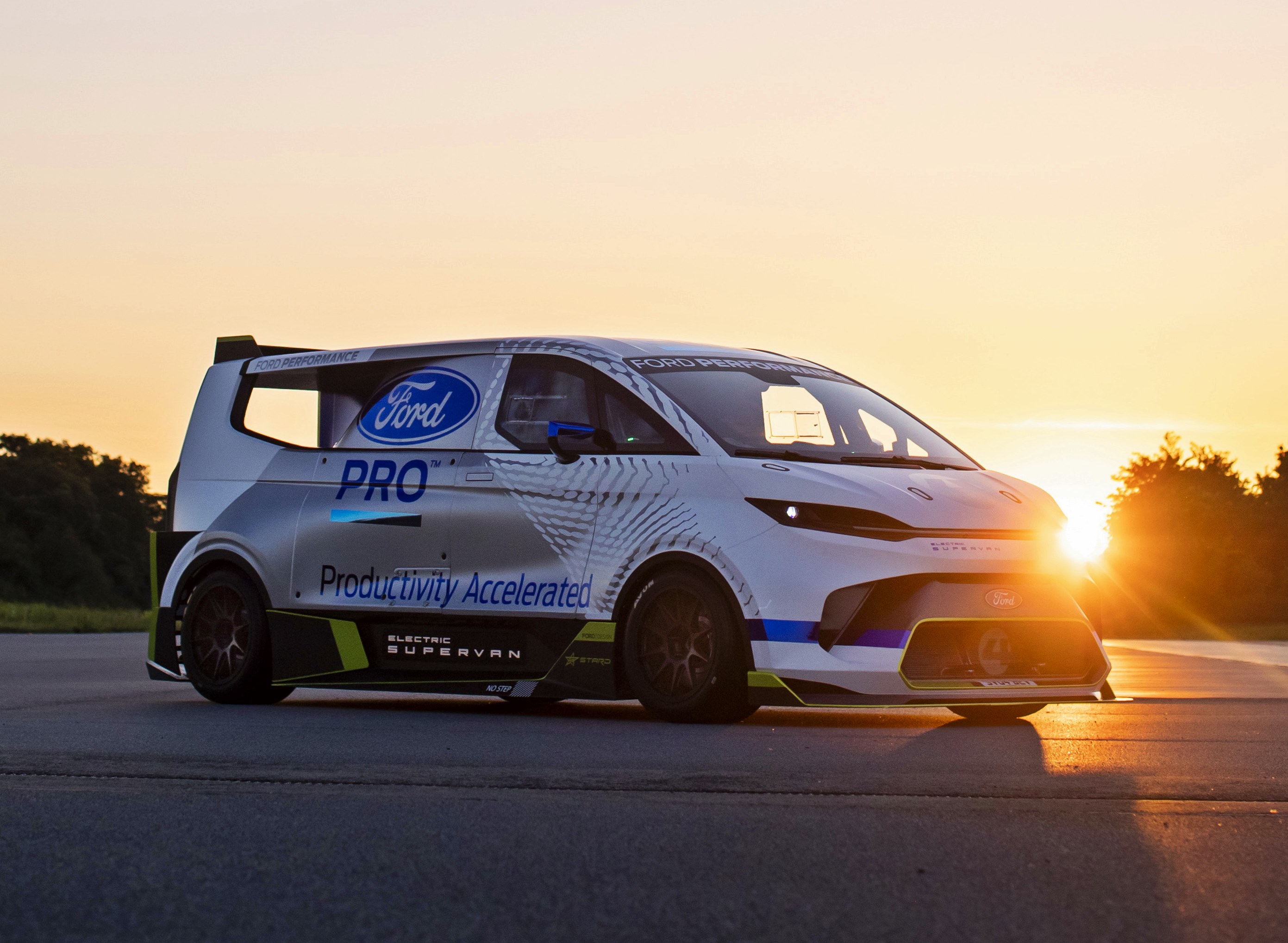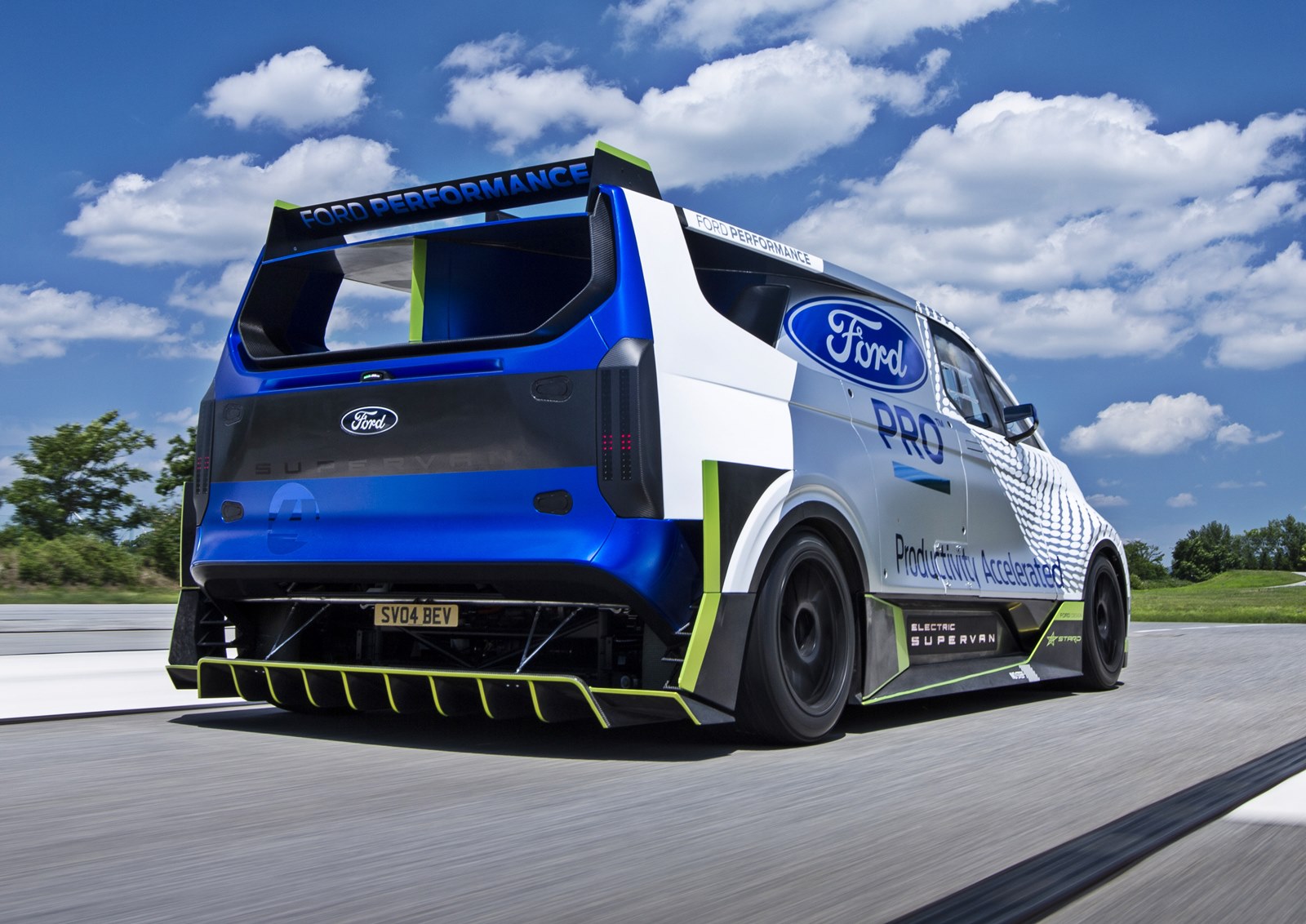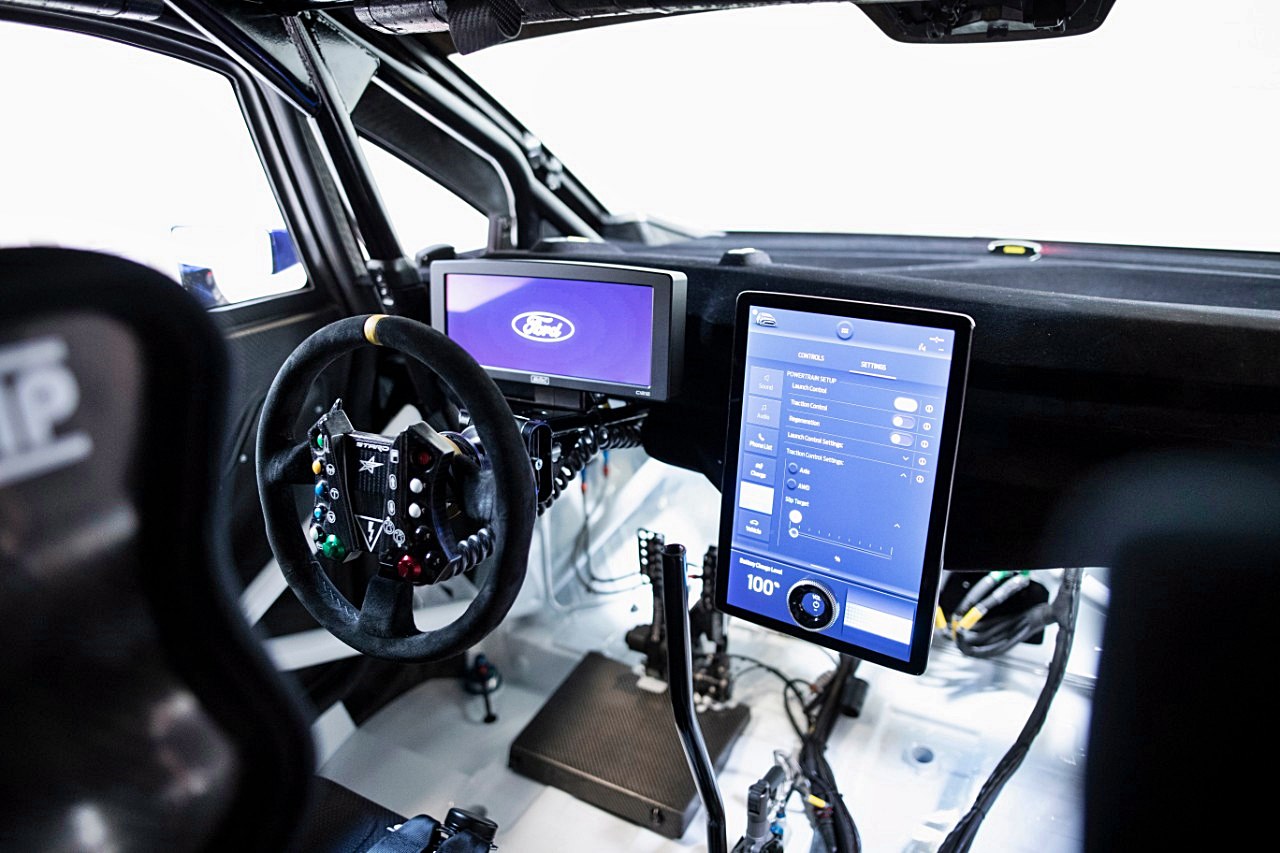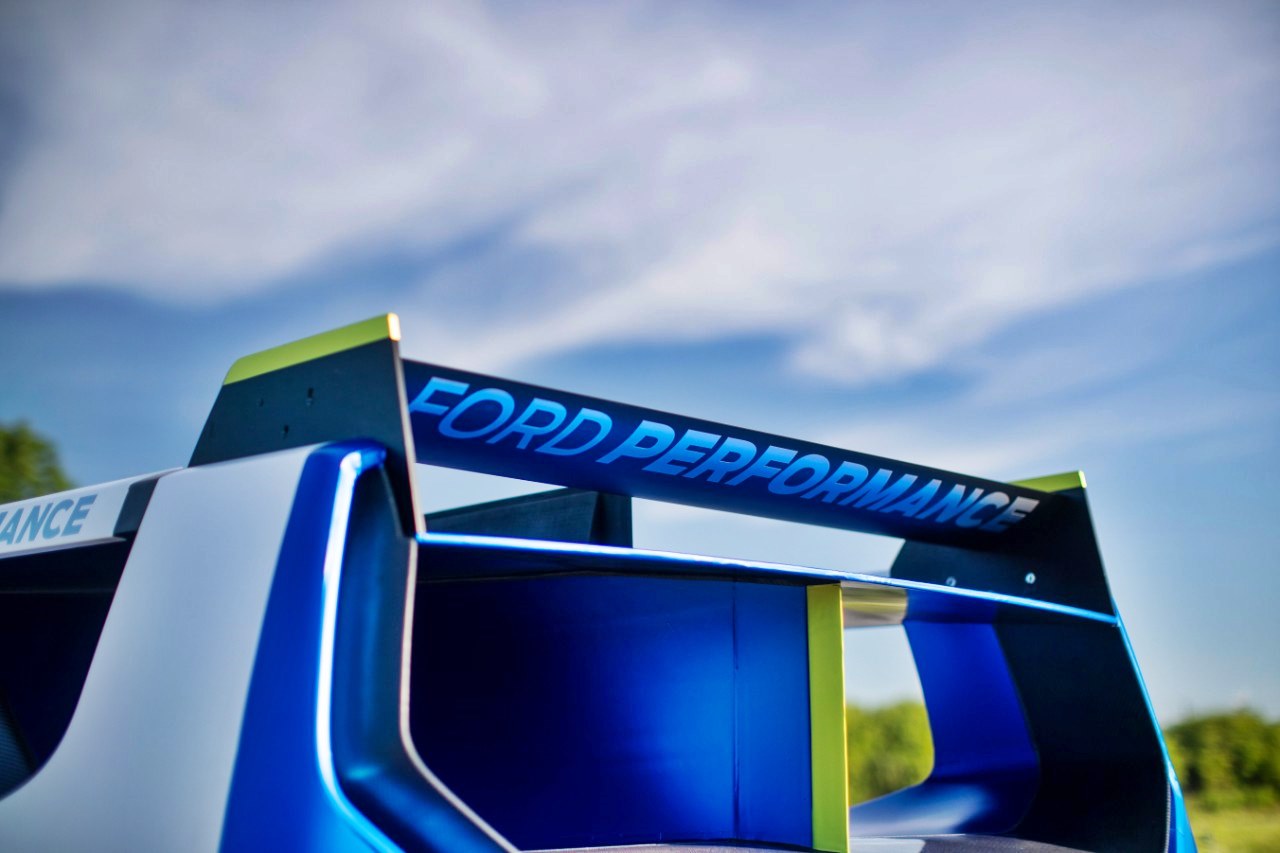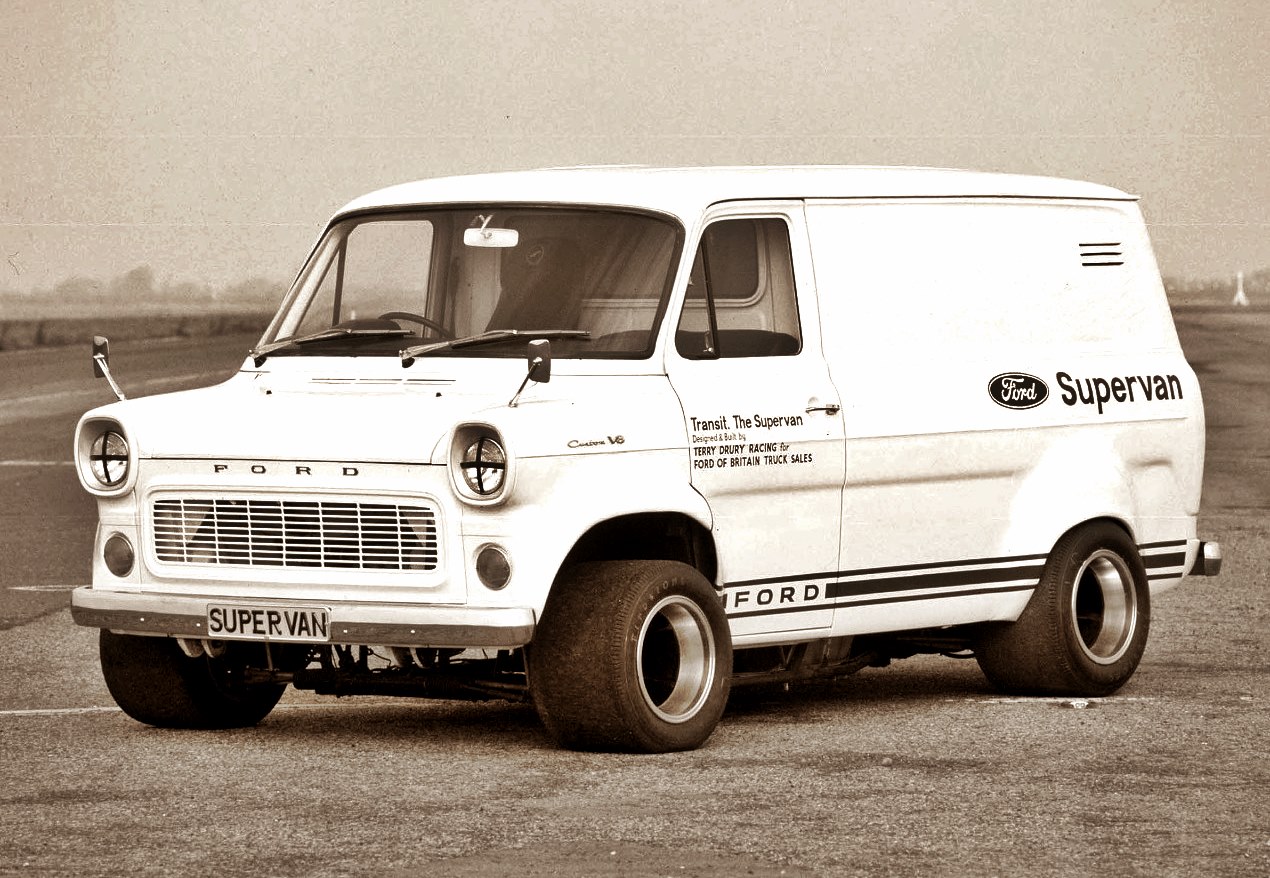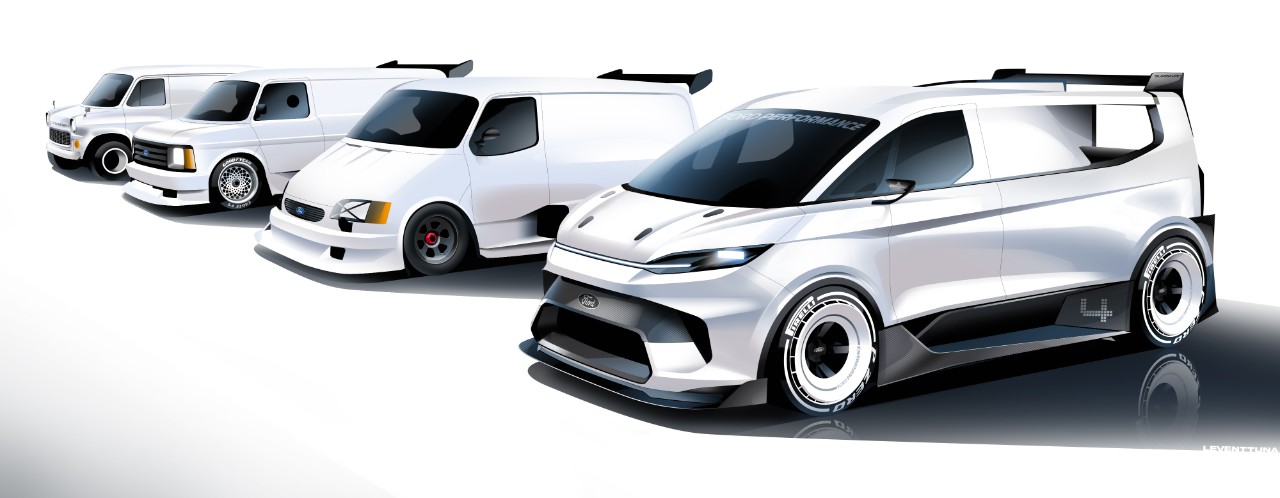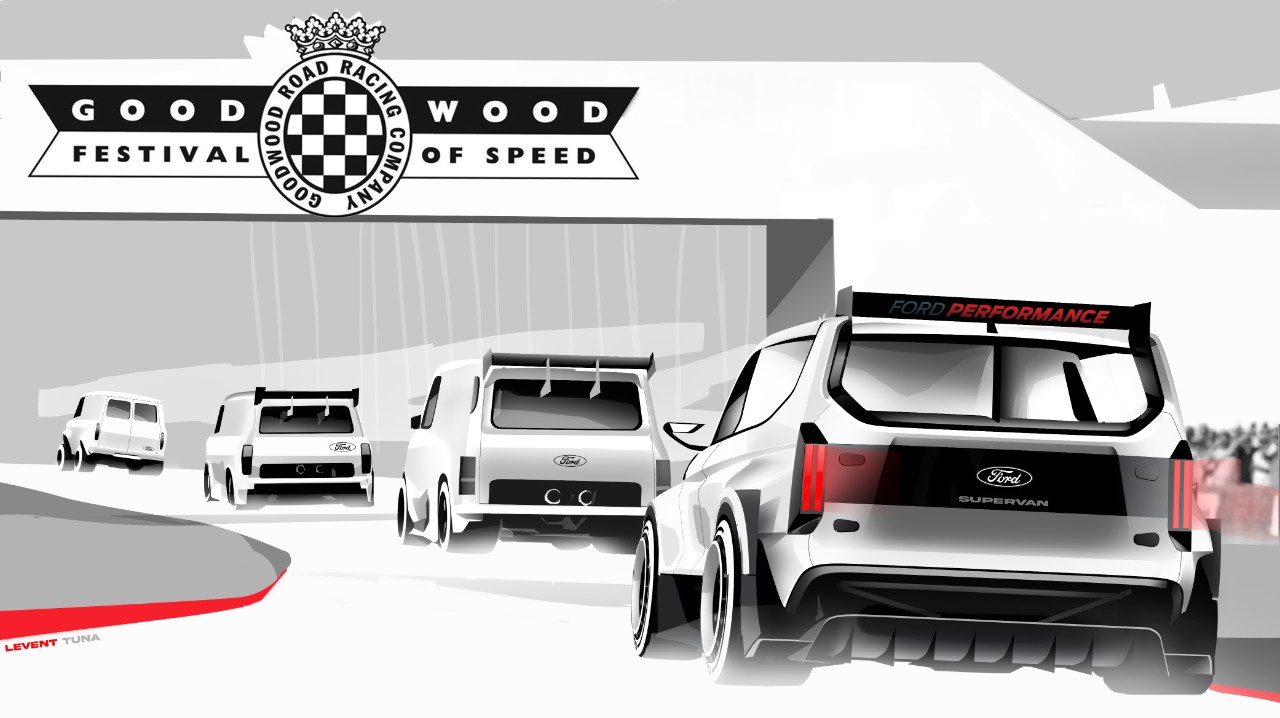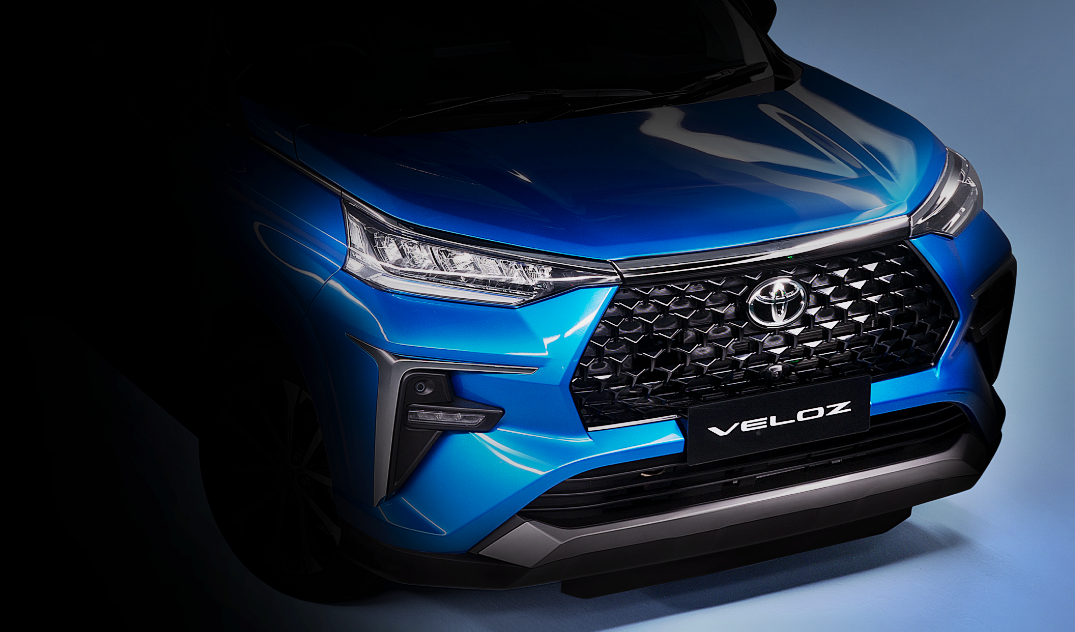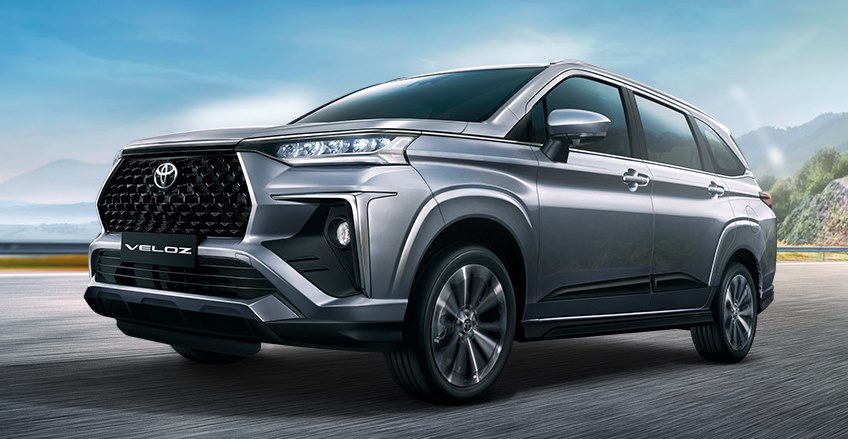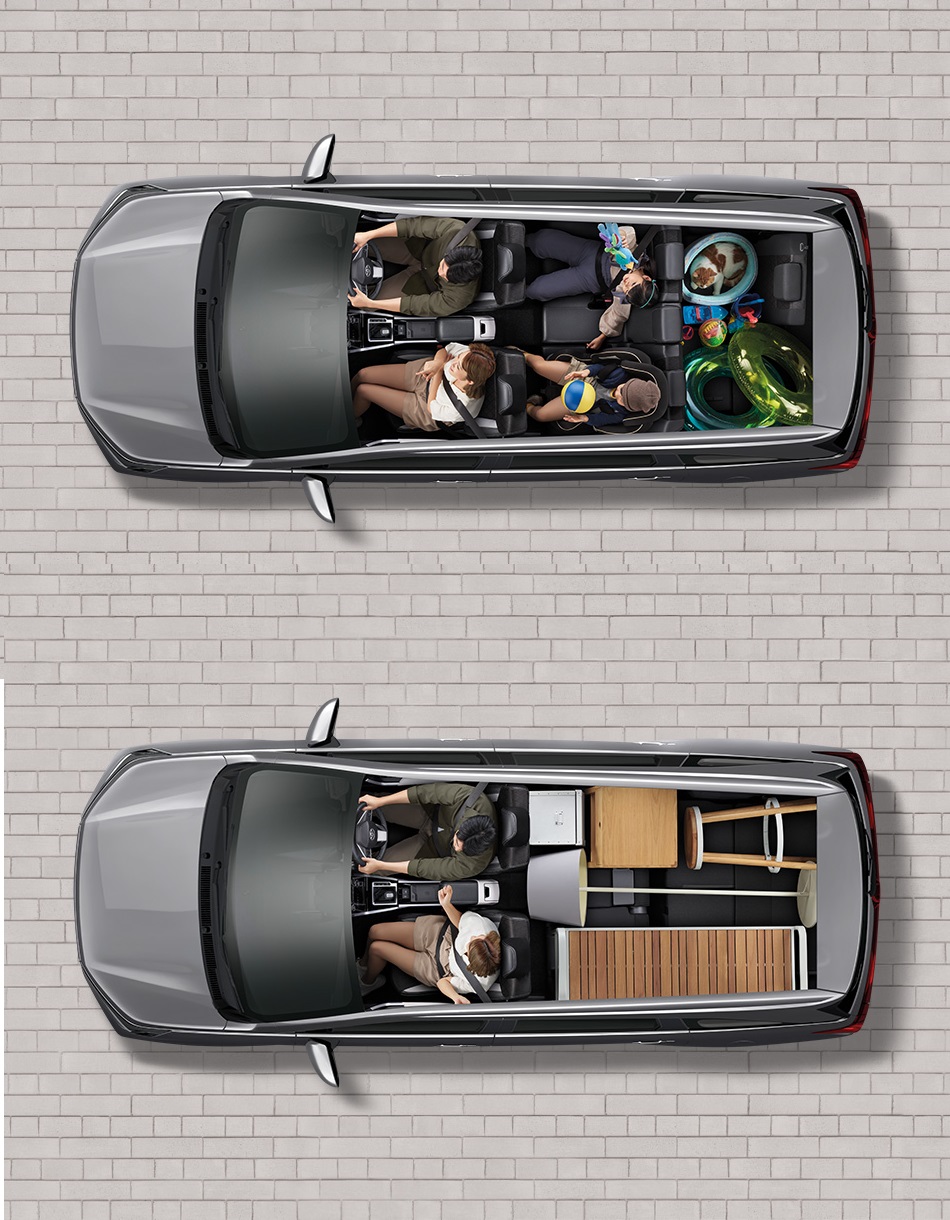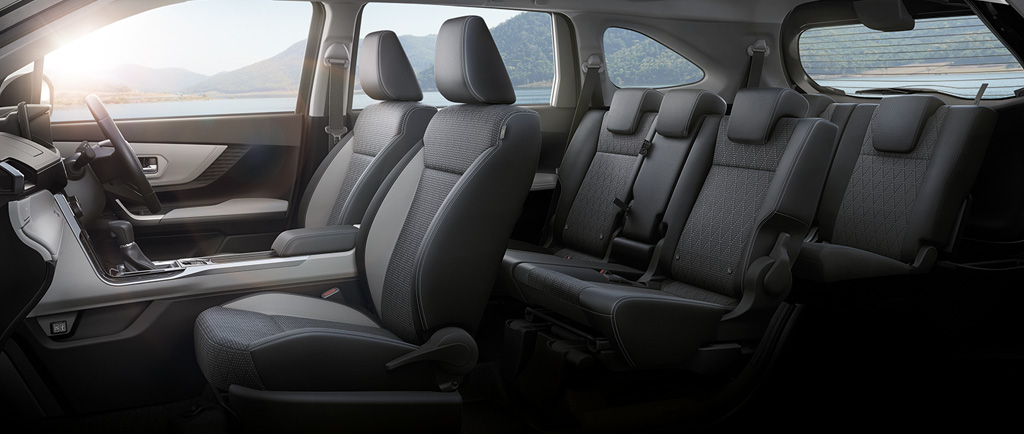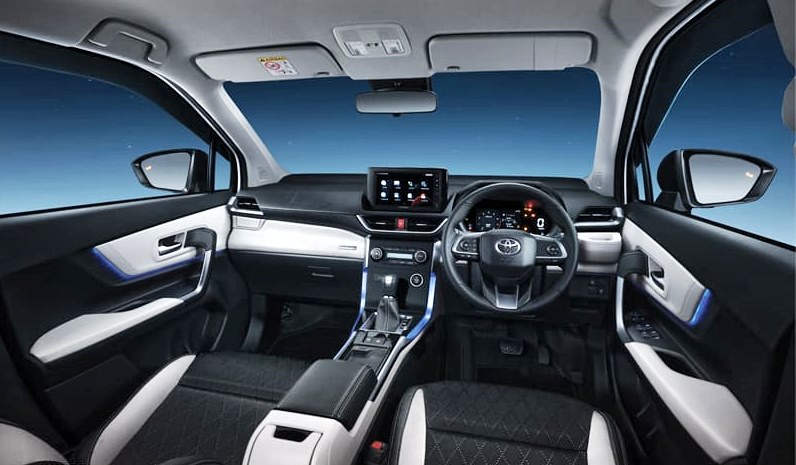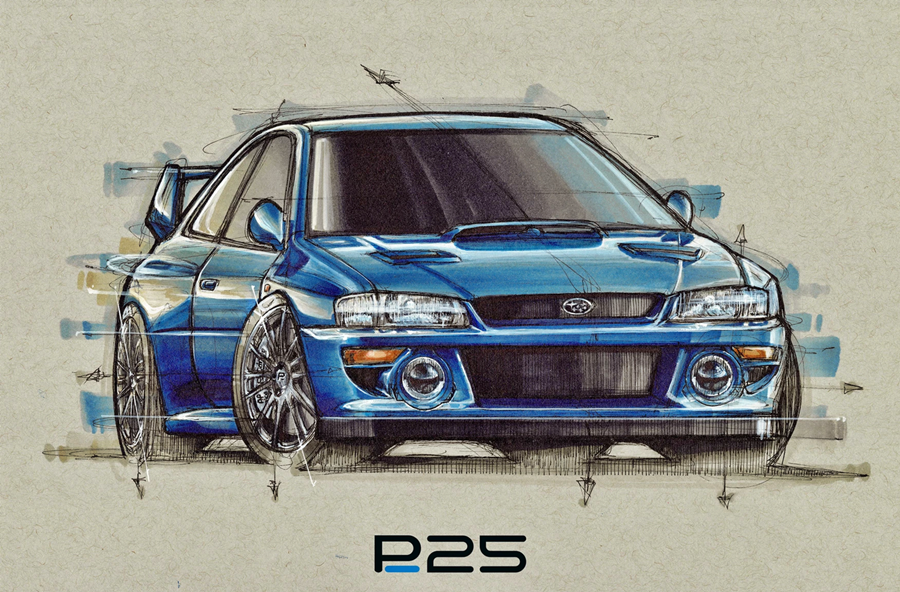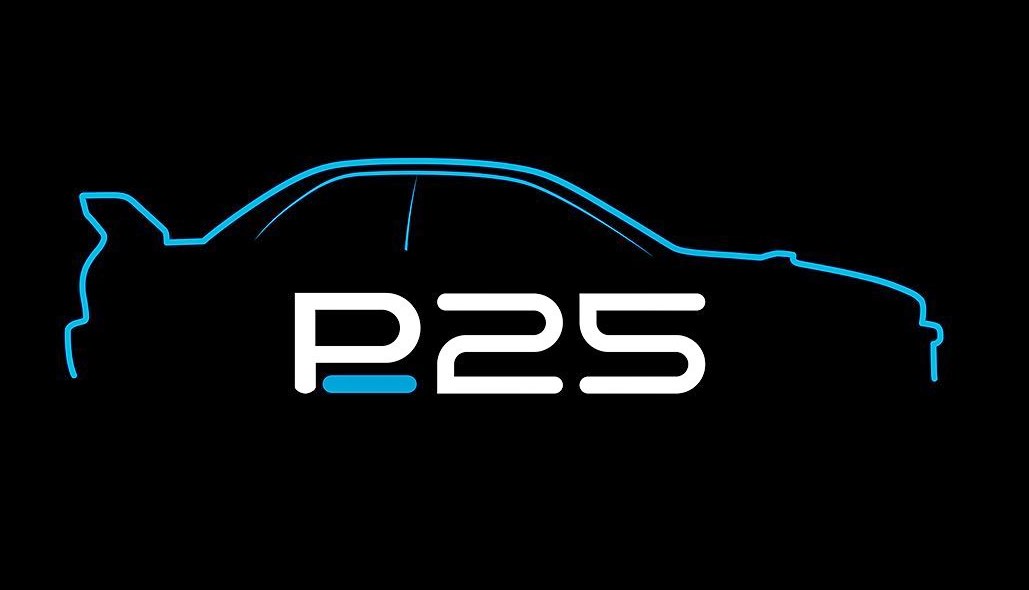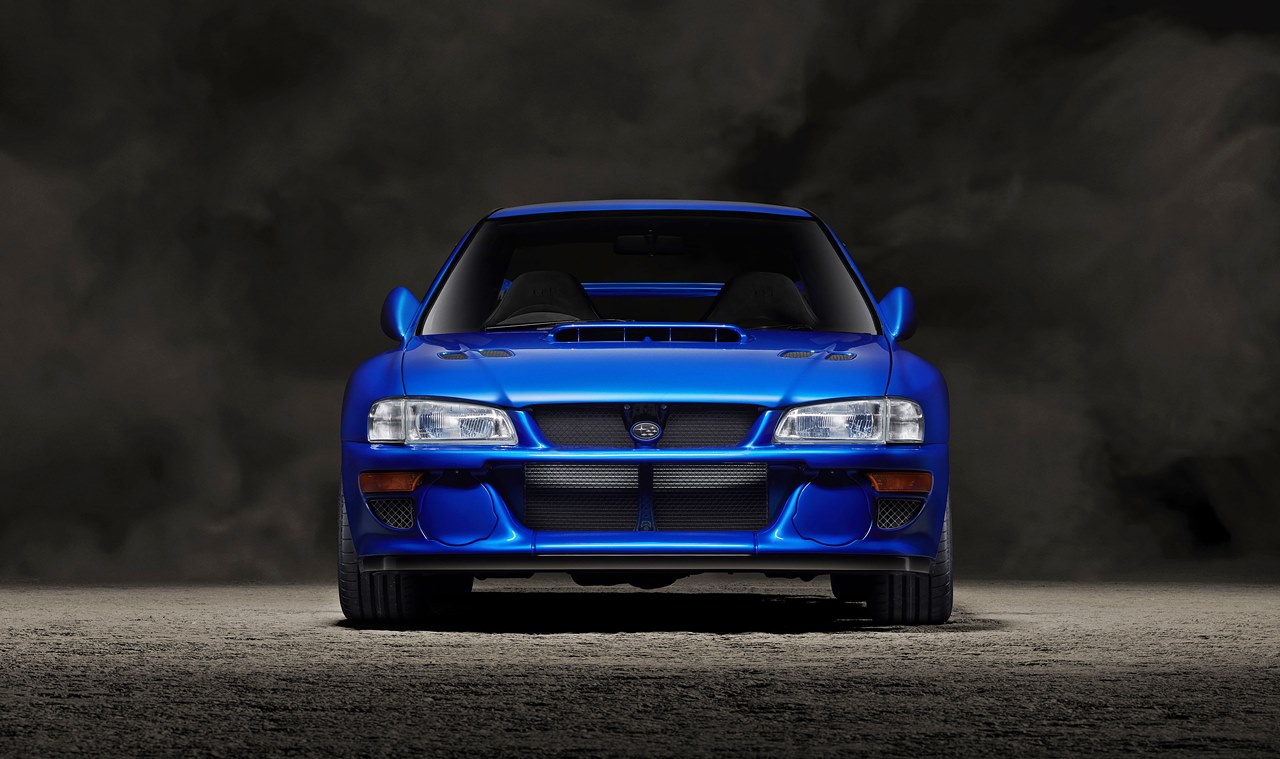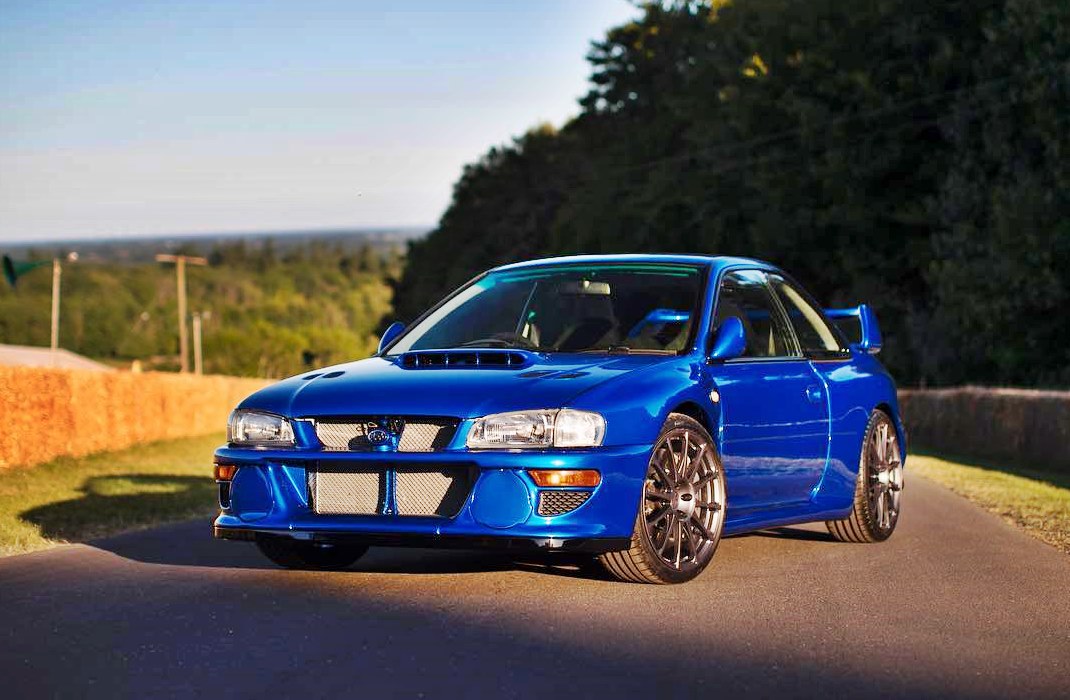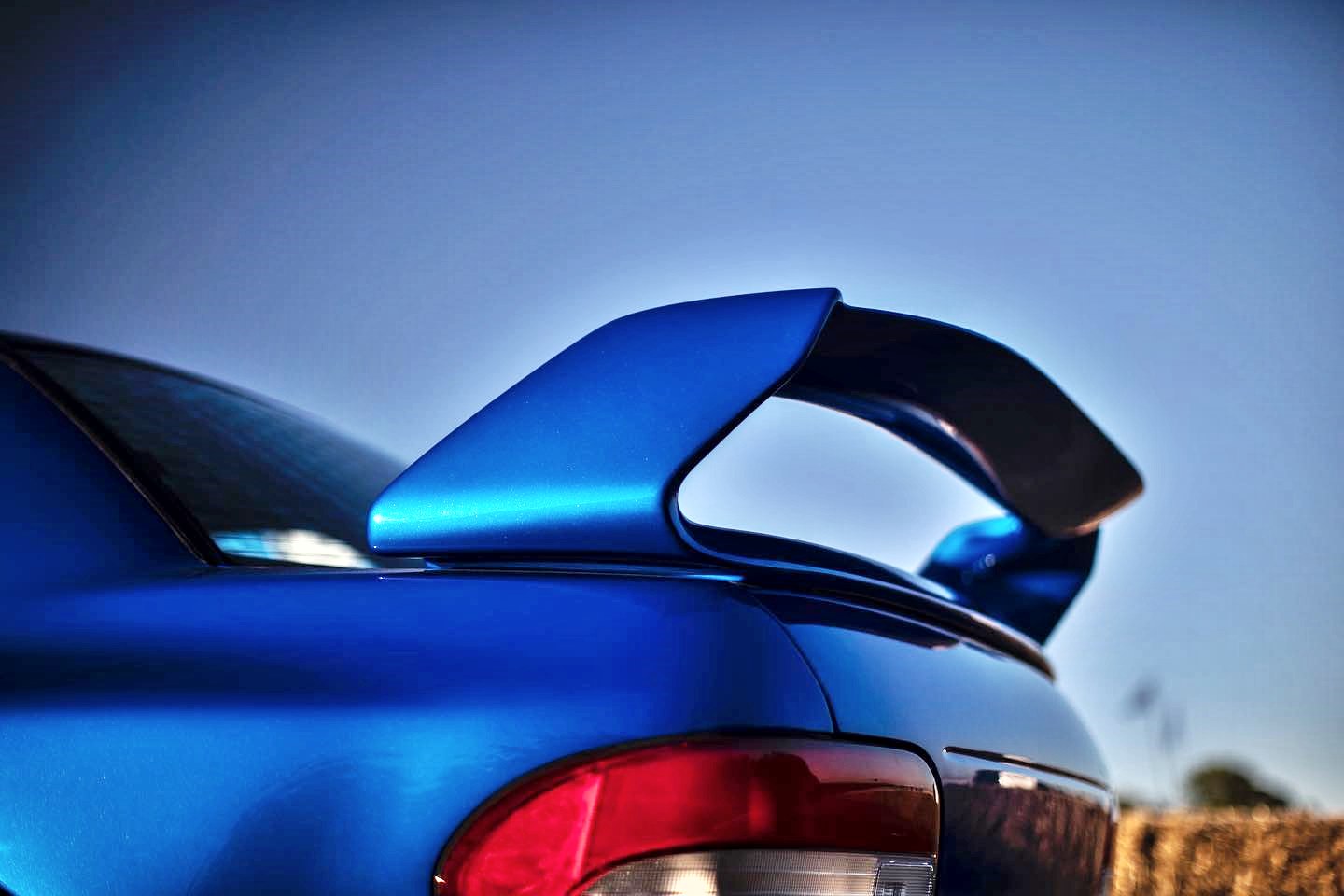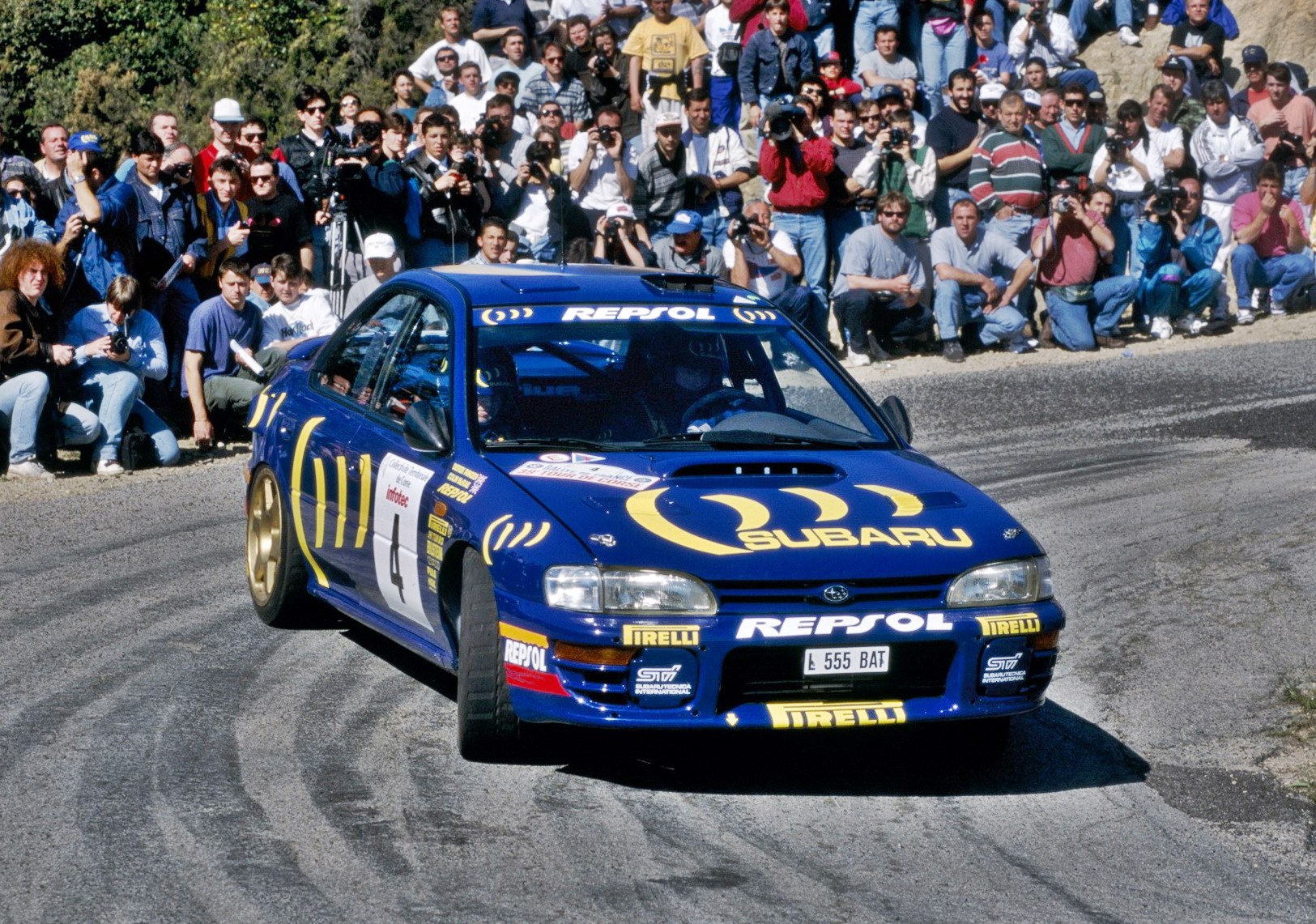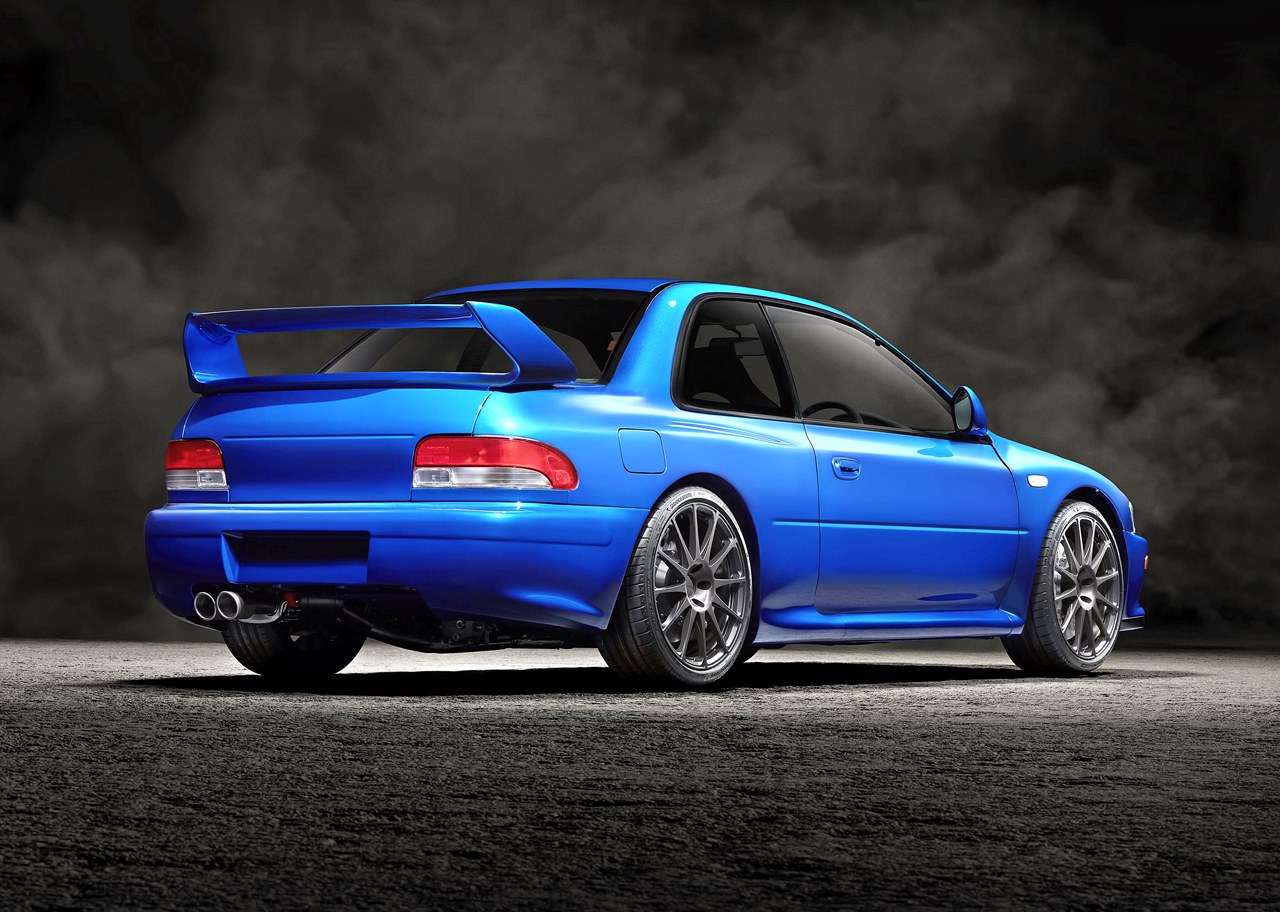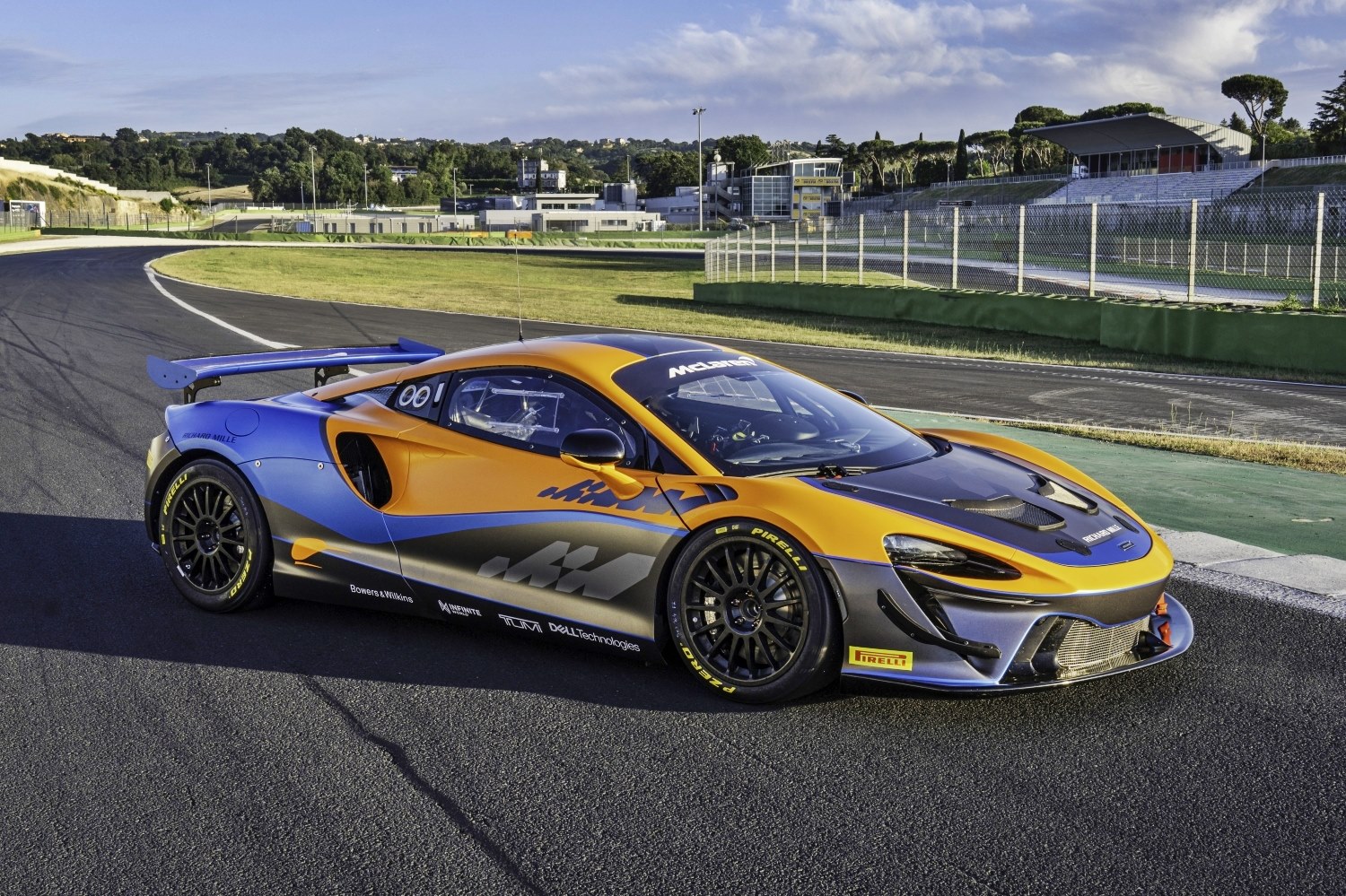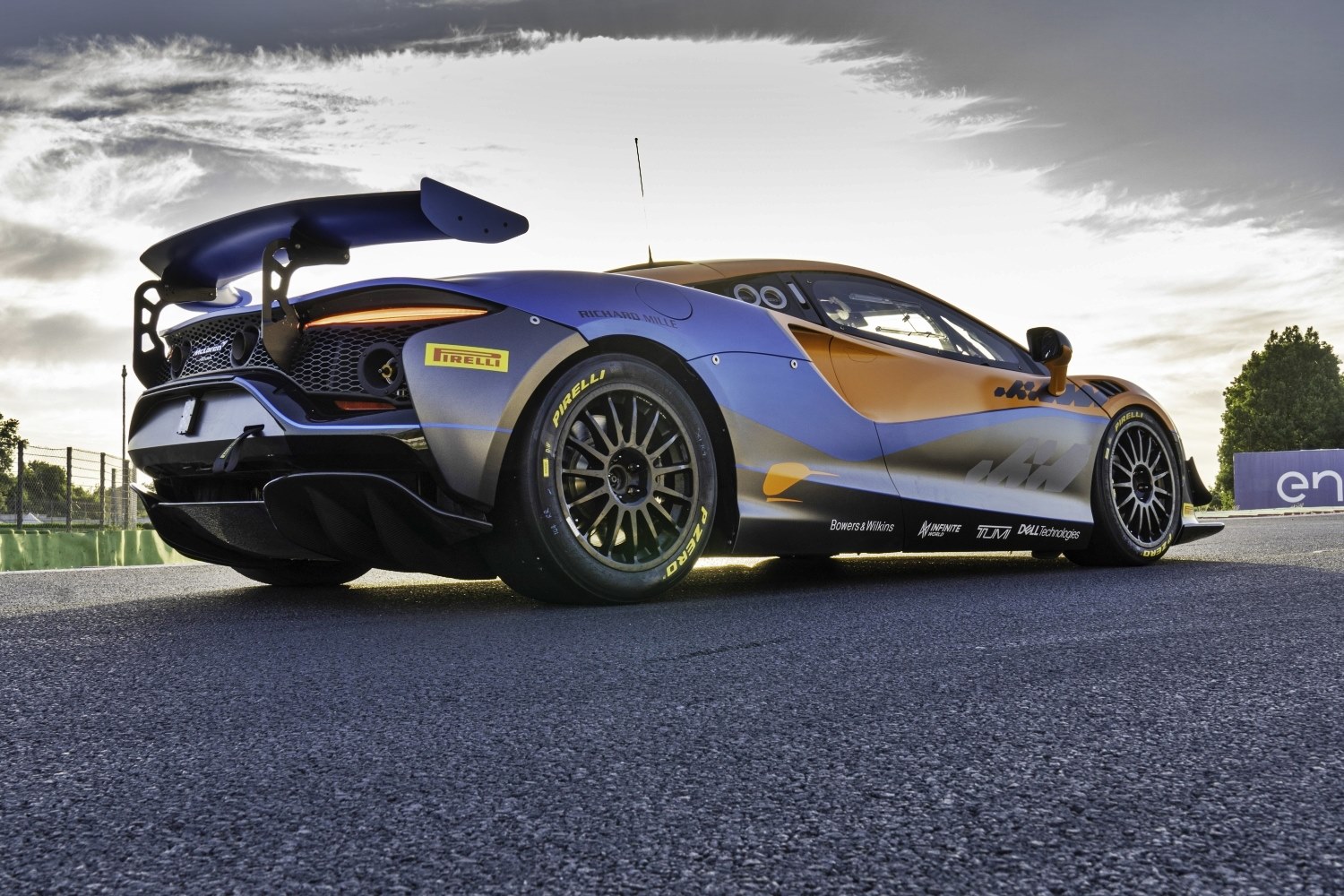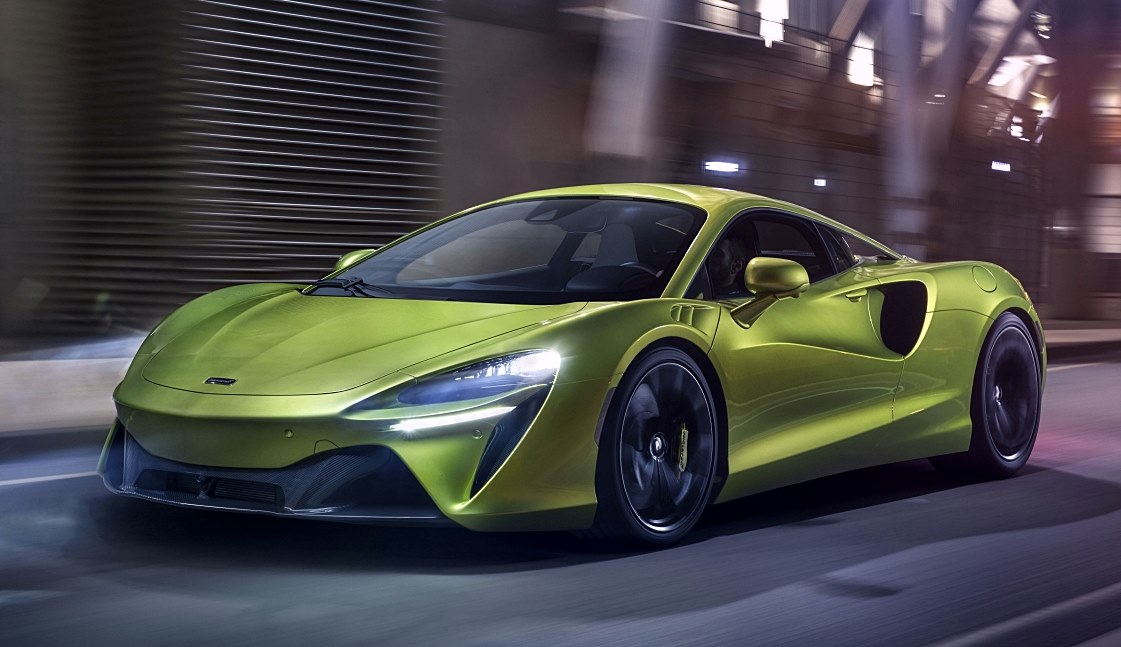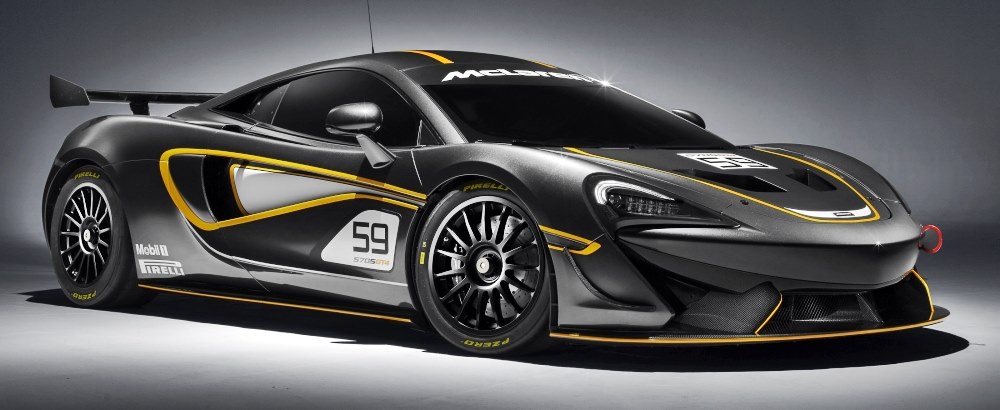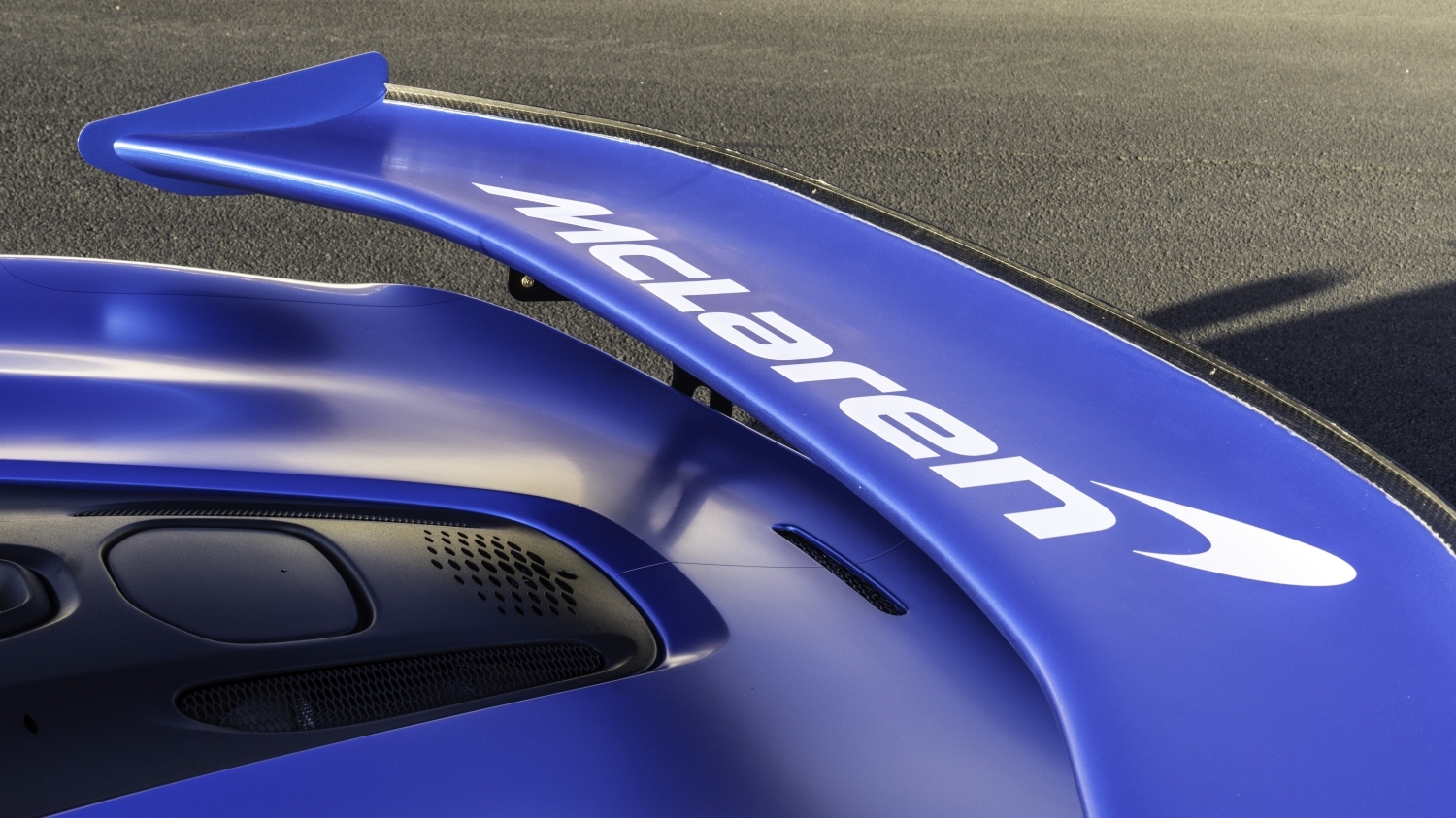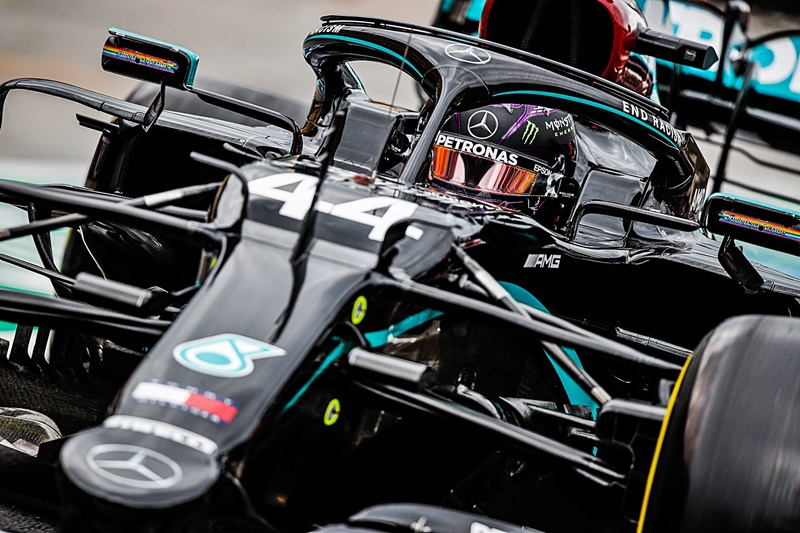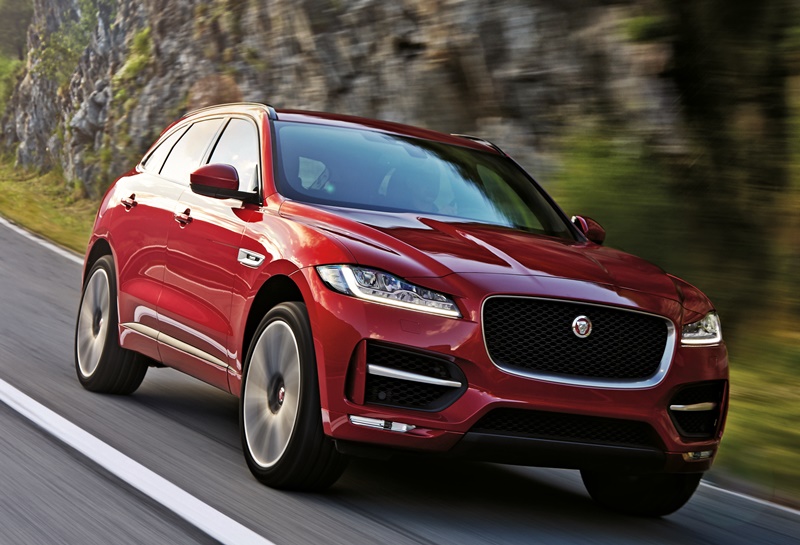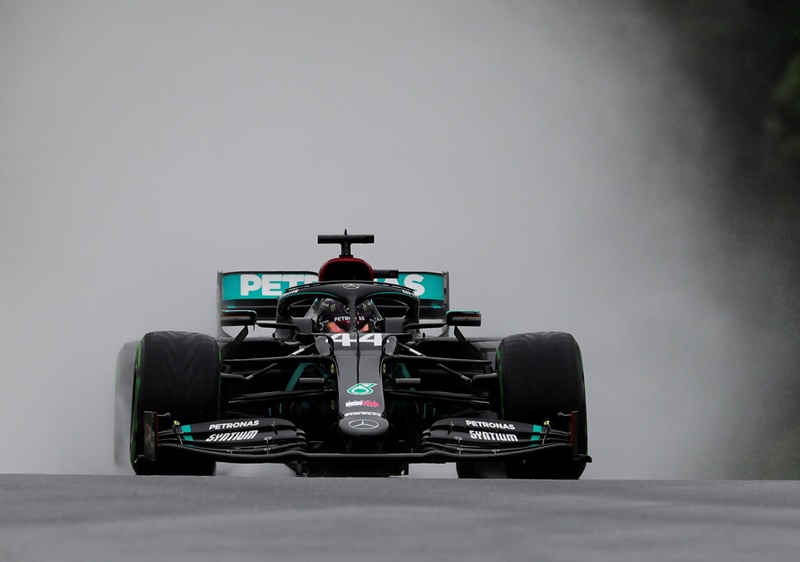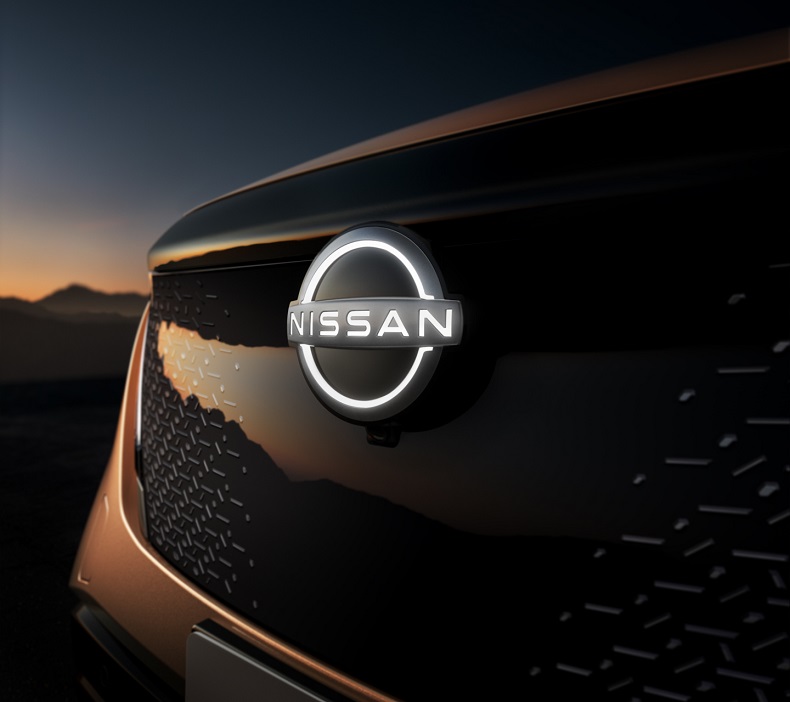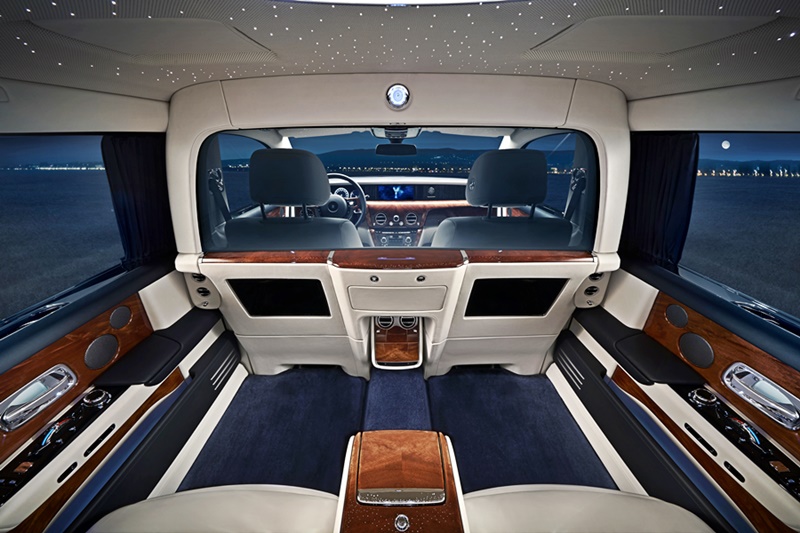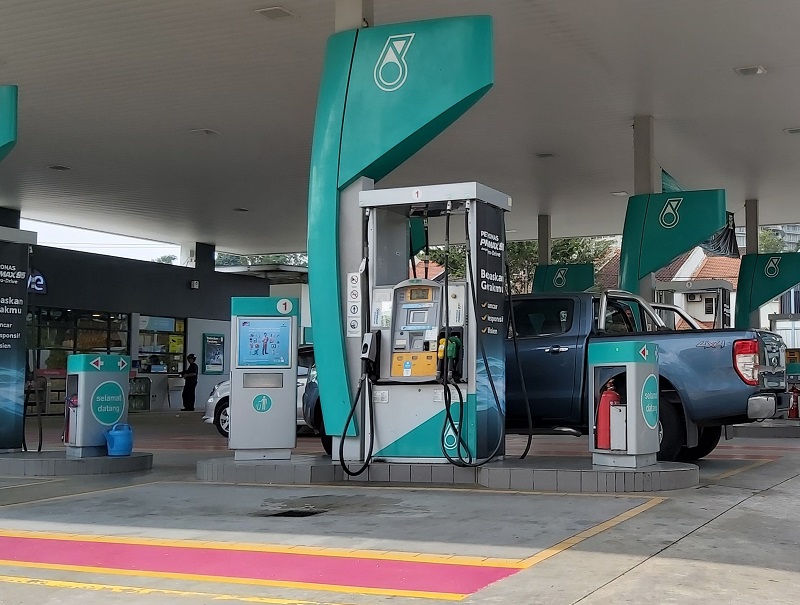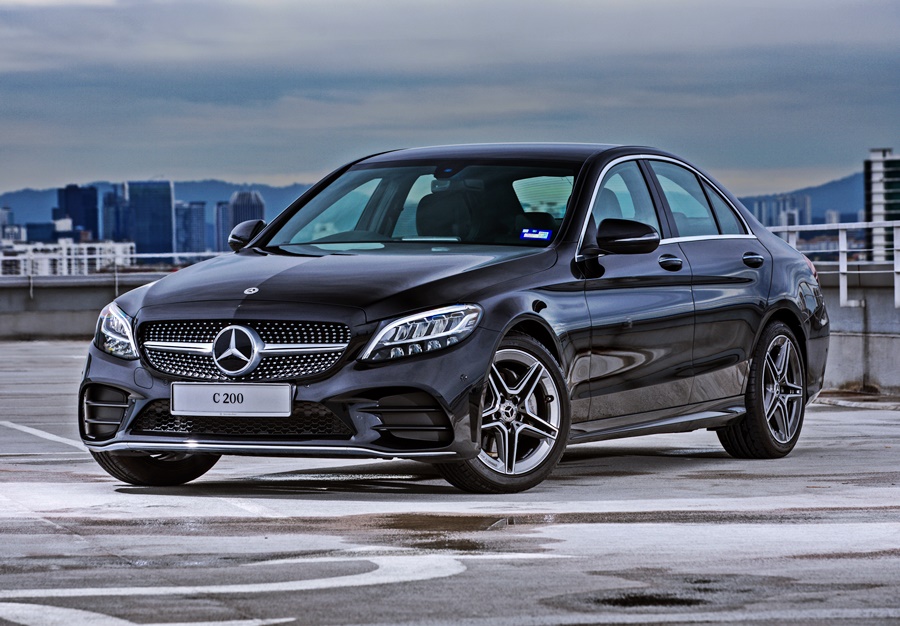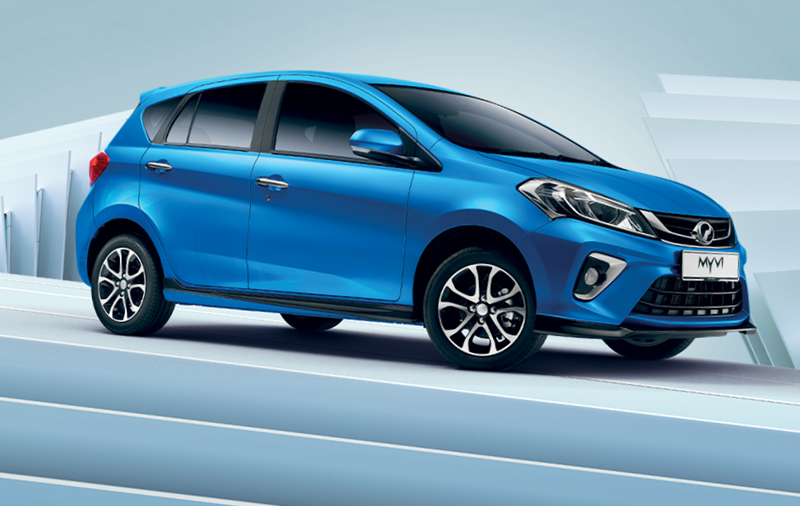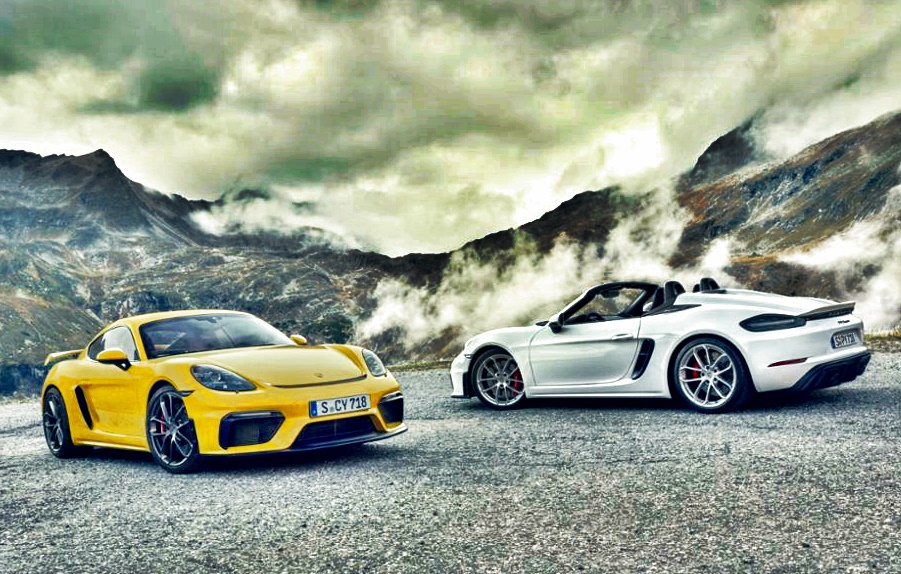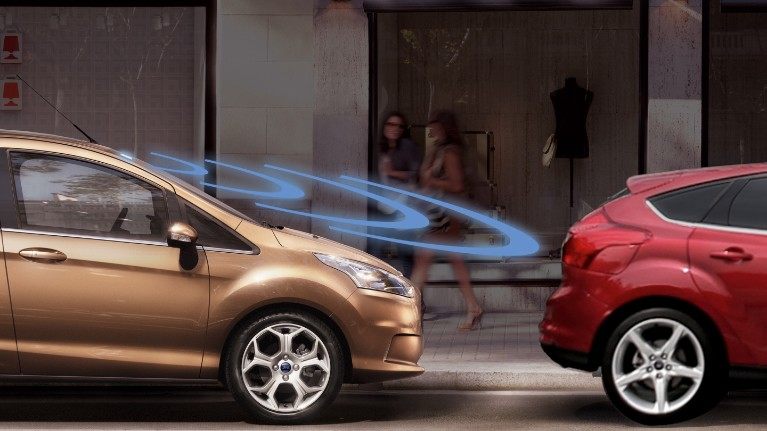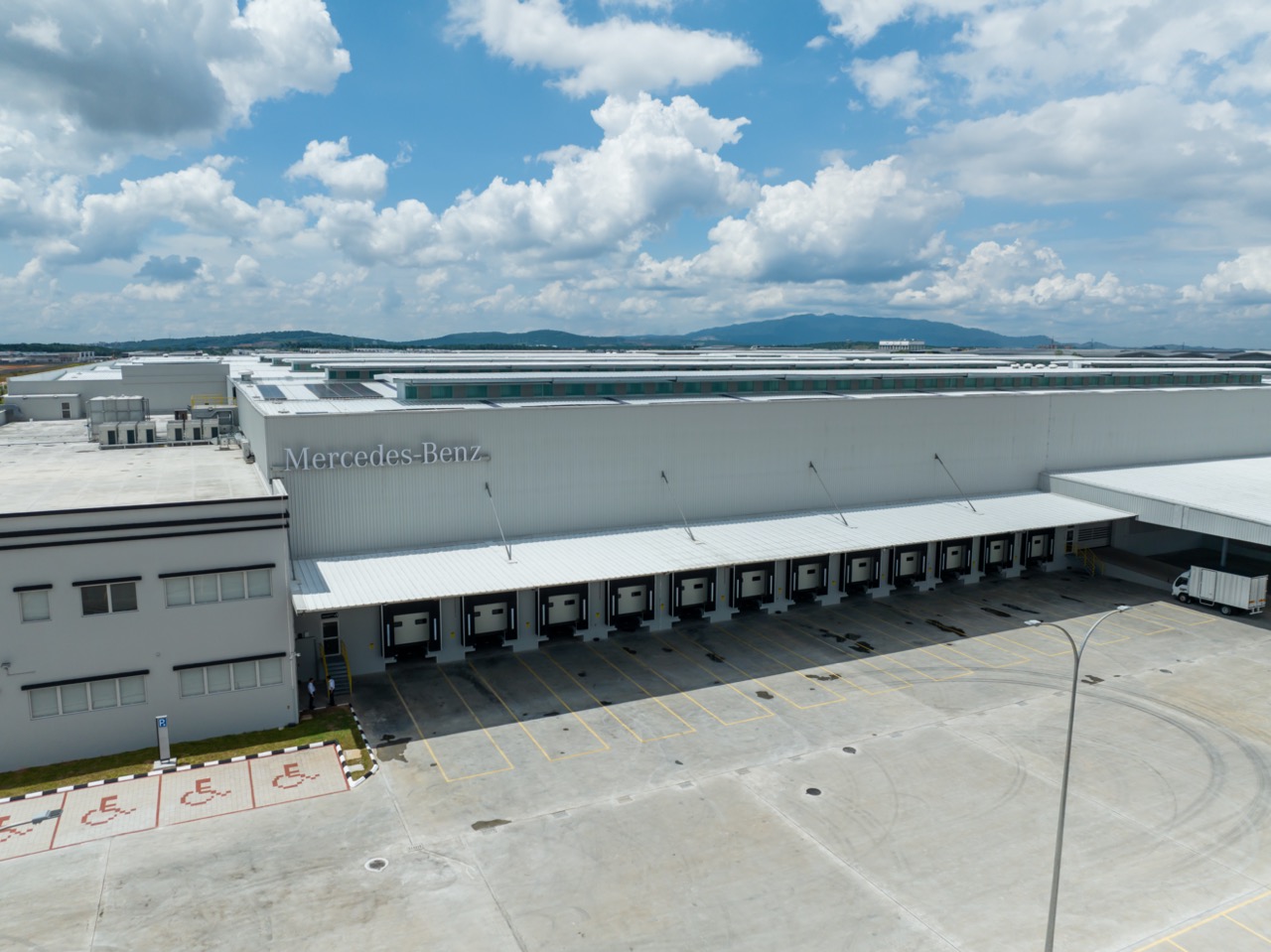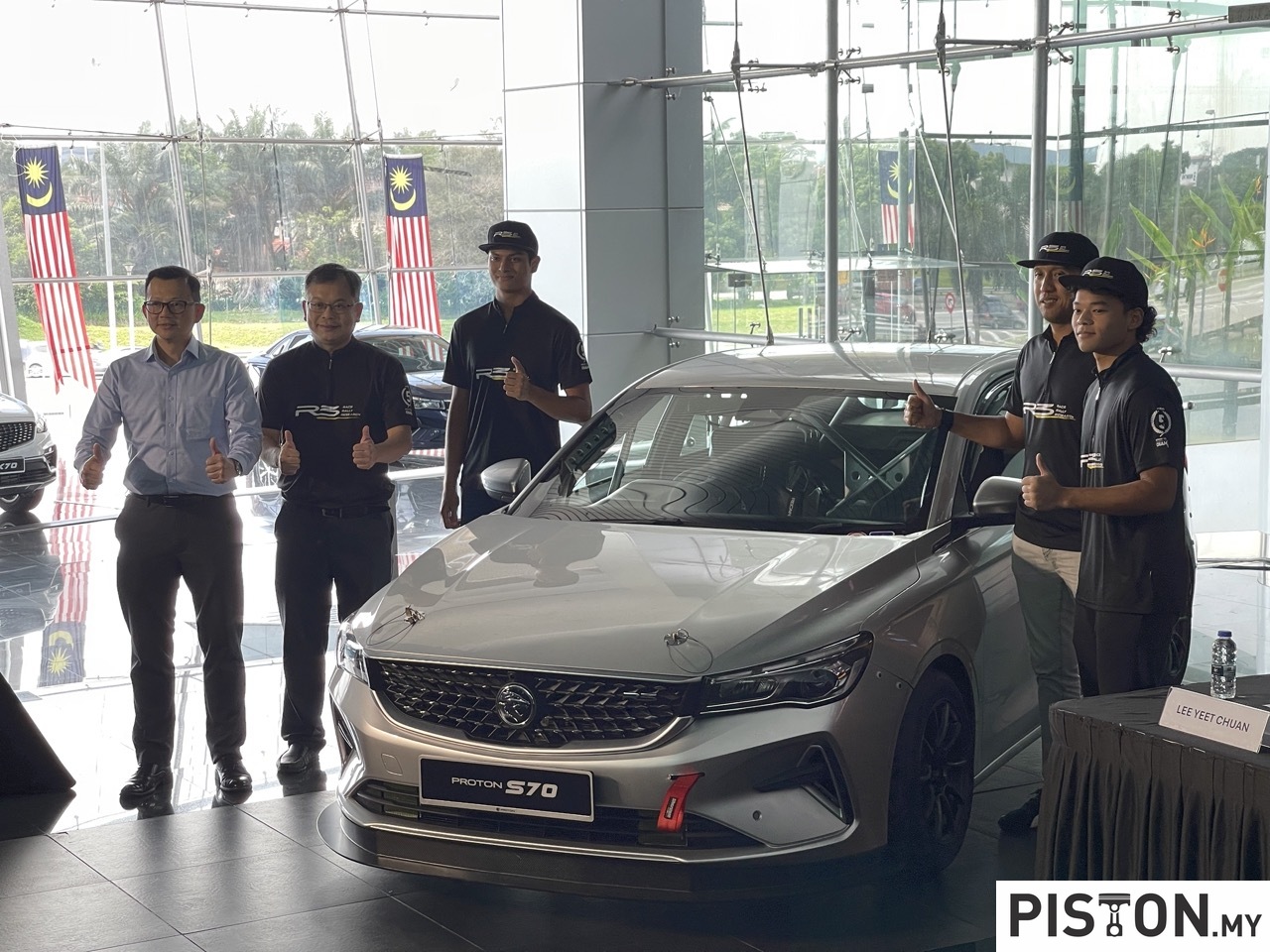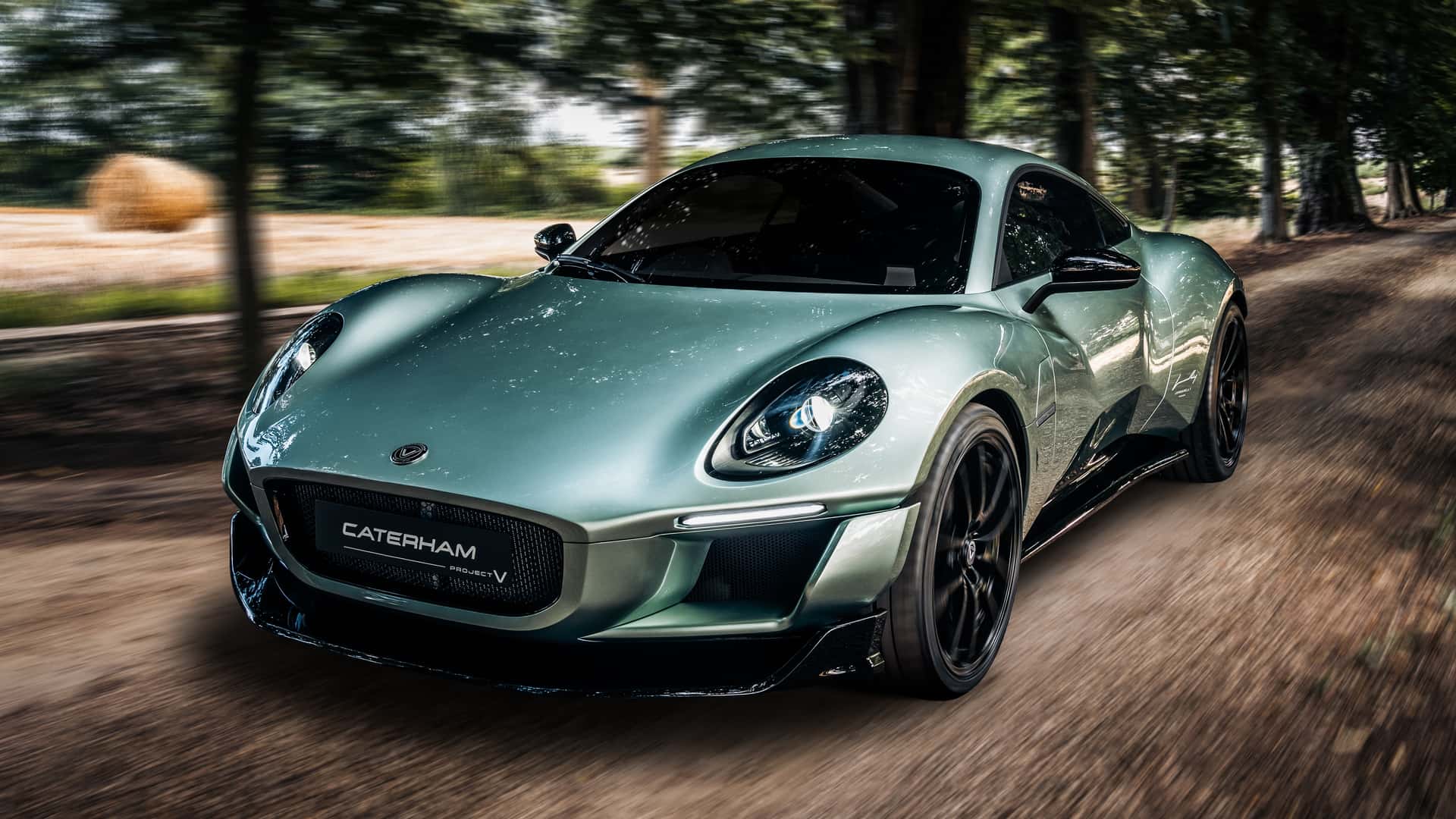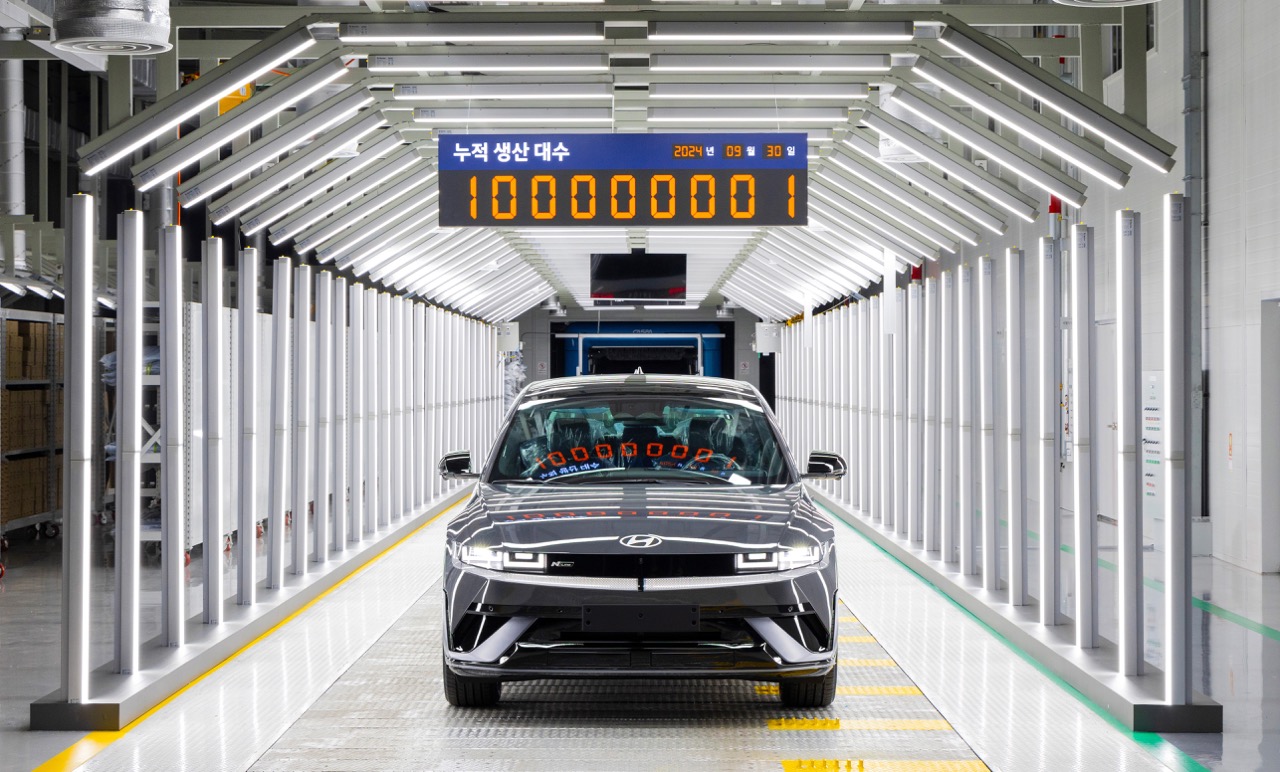After 2 years of having the event restricted only to participants due to the COVID-19 pandemic, the Toyota GAZOO Racing Festival (TGR Racing Festival) returns this weekend with all the excitement and fun that visitors have enjoyed since starting in 2017. For now, UMW Toyota Motor and GAZOO Racing Malaysia seem to be using only the Sepang International Circuit whereas, in the past, purpose-built ‘street circuits’ were created in Penang and Kuala Terengganu. Perhaps rounds outside the Klang Valley will resume in the next season when, hopefully, the situation allows for less restrictions.
The TGR Racing Festival this weekend incorporates Round 2 of the Vios Challenge one-make series and as with other rounds, there are two races – on Saturday and Sunday. Over 5 years, the number of participants has greatly expanded, achieving one aim of having the series which is to draw new blood into motorsport. By making it more accessible and also with the support of Toyota dealers who have formed teams, many young racers now have an opportunity to develop their skills and go further.
Mohammed Fariqe Hairuman of the M7 Japan Project Team, joining the Vios Challenge for the first time, likes the format of the TGR Racing Festival. The international touring car driver sees the one-make format and presence of the Rookie and Sporting Classes for young and new drivers as being a game-changer.
““This is the best thing about the Vios Challenge. It is a series that requires minimal cost to participate in compared to other racing series in Malaysia whereby a sizeable investment goes into building a competitive car. With a one-make format, this cost is significantly reduced making it accessible to more enthusiasts,” he said.
“For newcomers – like someone who is transitioning from karting – the Vios Challenge is an ideal platform to start. For the same individual to compete in another series, it will definitely come down to a money game because it is expensive,” he added.
Laser Motor Racing and Super Sporting Class driver Mark Darwin also commended the TGR Festival’s concept of bringing racing to the people and in growing motorsports awareness in Malaysia. “The biggest difference with the Toyota GAZOO Racing Festival/Vios Challenge series is that, in the past, it was we (as racers) who have to go to the crowd instead of having the crowd come to see the races. It has never been as easy task to bring spectators to a racing track, but the concept of a festival has certainly been able to attract them,” said Darwin.
The Vios Challenge has 4 classes – the Super Sporting Class for the veteran and professional drivers; the Sporting Class for amateur racers; the Promotional Class for the celebrities to race against each other; and the Rookie Class which, this year, has the second batch of graduates from GAZOO Racing Young Talent Development Program.
The program offers training to develop promising young Malaysians and they also get Vios racing cars to use. The talent that GAZOO Racing Malaysia looks out for are those keen to transition from karting and sim-racing to saloon car racing. The students are aged between 14 and 20, and they undergo intensive training both on and off the track under the close guidance of instructors at the GAZOO Racing School.
In today’s first race of Round 2, the 20-lap Super Sporting Class was dominated by Prima Pearl TD Racing Team’s Mitchell Cheah. He was in control from pole position to taking the chequered flag , just 2.1 seconds ahead of Laser Motor Racing’s Mark Darwin. Freddie Ang from Telagamas Toyota followed in third position.
The first lap of the race unfolded in dramatic fashion when a racing incident quickly eliminated Laser Motor Racing’s Eddie Lew and Prima Pearl TD Racing Team’s Tengku Djan Ley – both strong contenders for the top three positions. The incident behind gave Cheah and Darwin a clear path ahead, opening a gap of more than 10 seconds, while Ang had to fight his way pass Axle Motorsports’ Hayden Haikal from sixth position for a well-deserved third place.
“Conditions were extremely difficult today with the heat. I was just focused on the task in hand and to do my best to avoid making any mistakes. To be honest, that was quite difficult to do with Darwin putting me under tremendous pressure,” said Cheah, whose race win marks his second visit to the podium in 3 races so far this season.
In the Sporting Class, also 20 laps long in hot and sunny conditions, the race was red-flagged after the very first lap due to an incident involving 3 cars. The race was then suspended for 15 minutes before being restarted. But the outcome of the race remained unchanged for the top three, with Axle Motorsports’ Naquib Azlan claiming victory, 2.3 seconds ahead of S&D Tama Motorsports’ Tom Goh, while 23 Motor’s Abdul Miqail claimed a commendable third place after passing Crestmax Motorsport’s Bradley Benedict Anthony in the very last lap.
“First of all, I’m glad that all the drivers were safe and uninjured in the incident. For me, it was a case of being thankful at the restart as the race was cut shorter than expected and I didn’t have to defend as much,” said Naquib, a graduate of the Young Talent Development Program.
The battle of the young drivers in the Rookie Class saw Nabil Azlan (Naquib’s brother) charging to his second race win of the season. His closest rival was Muizz Musyaffa who stuck with him all the way to the finish line, taking second position, and Muhammad Hamdany rounding up the top three. It was also Muizz and Hamdany’s second and third visit to the podium, respectively.
“It wasn’t the easiest race for me with Muizz on my tail. It was very tough, and I just had to maintain a good pace. The heat was also very hard on the tyres this afternoon and that required me to constantly change my braking point into the corners,” said Nabil.
The Promotional Class for celebrities, always popular with spectators (many of whom are fans of the celebrities), saw actor Zizan Razak easily take the win after 18 laps. His steady pace kept him 12 seconds ahead of host and television presenter Nabil Ahmad, while host Ahirine Ahirudin finished third.
The race also began in dramatic fashion when pole position man and actor Shukri Yahaya jumped the start and was later disqualified. Unsure of what to do next, Shukri slowed down and allowed the rest of the grid to pass him before clawing his way back up to finish the race in second position.
“I felt a bit disoriented to be honest. After jumpstarting the race, I became unsure of what to do next and I began slowing down to let everyone else pass and restart my race from the back of the field. I felt that that was the most honourable thing to do, and I later began to chase the drivers in front of me one car at a time. I did not realize that I had already been disqualified. It was purely my mistake and I hope to make amends in Race 2,” admitted Shukri.
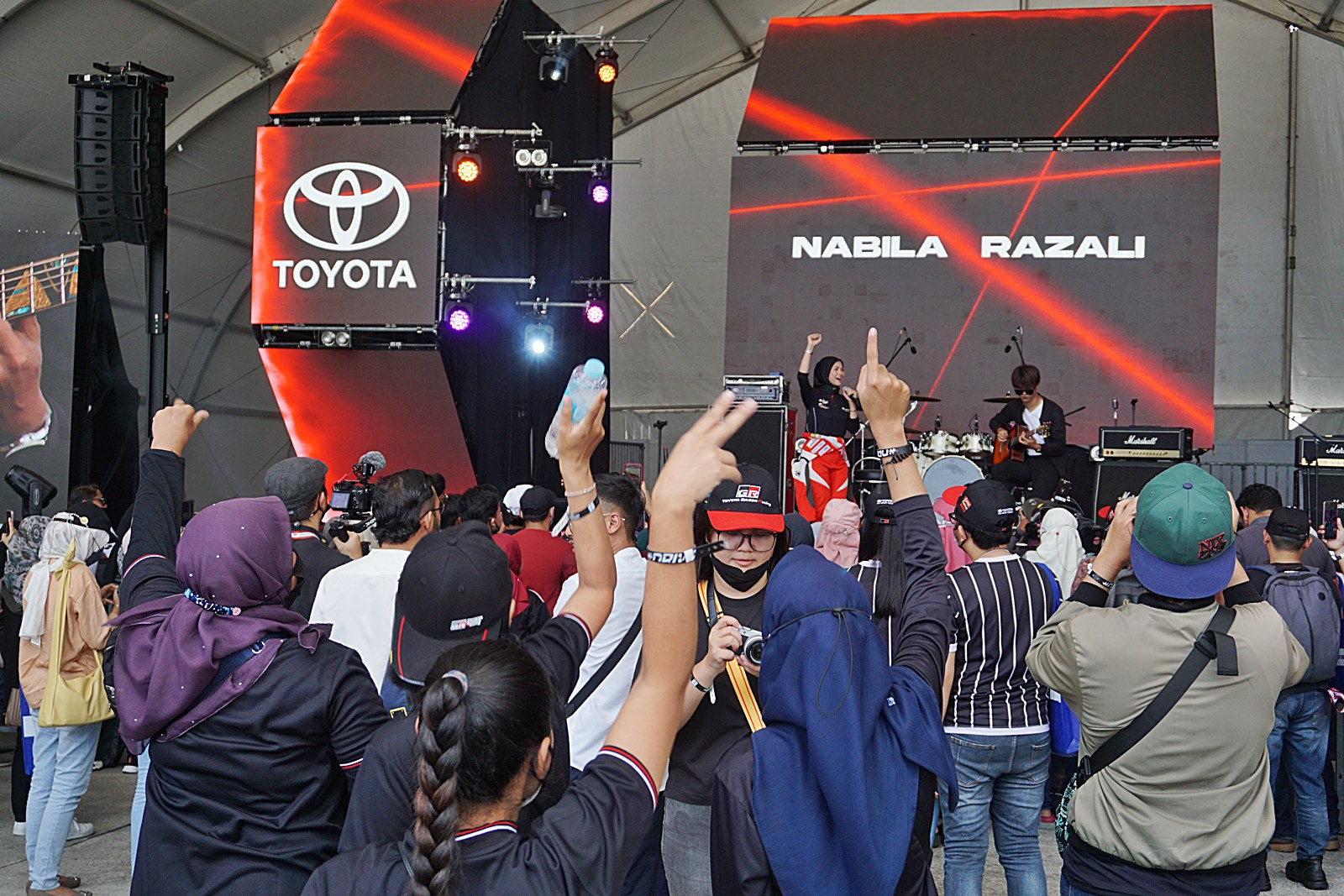
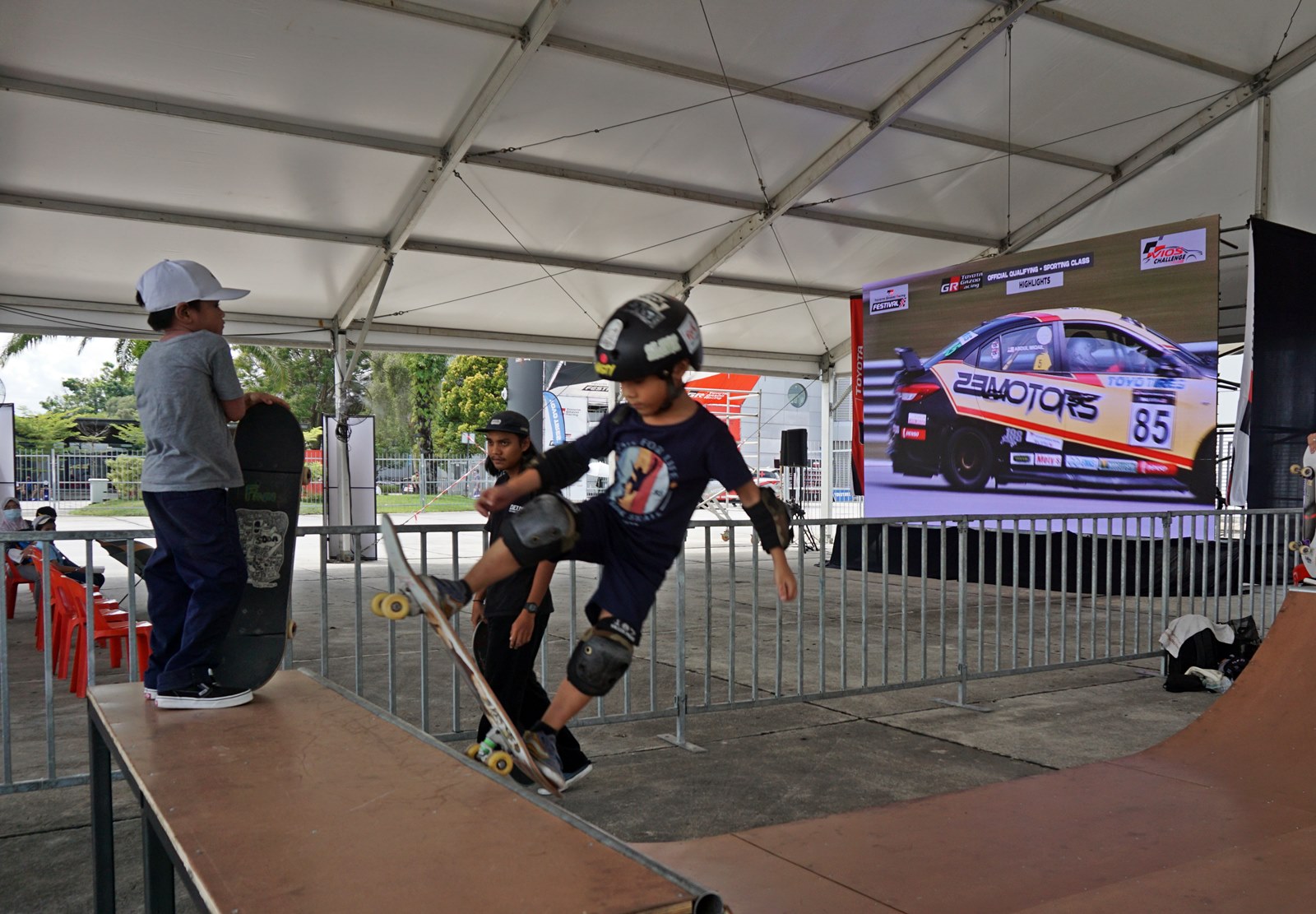
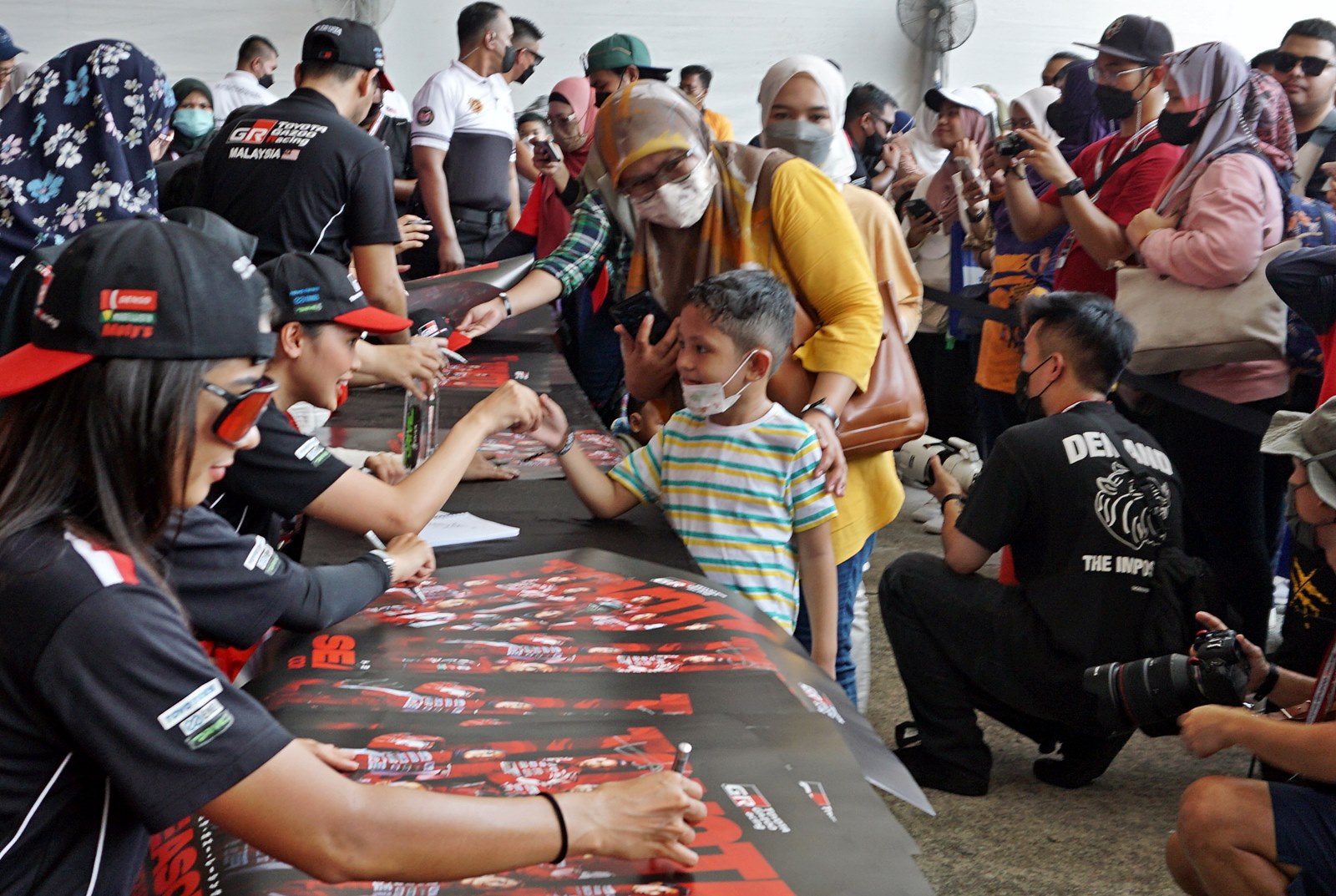
The second day of the TGR Racing Festival will see an All-Wheel Fest for non-motorized vehicles being held in the morning for bicycles, roller blades, skateboards, long boards, push bikes, and push scooters, to explore the Sepang International Circuit. There will also be a zumba session, a pump ramp and a skateboard competition as well as a skateboarding lesson for enthusiasts, and a concert by Indonesian singer Judika in the evening. So it’ll be worth an outing for all the family.
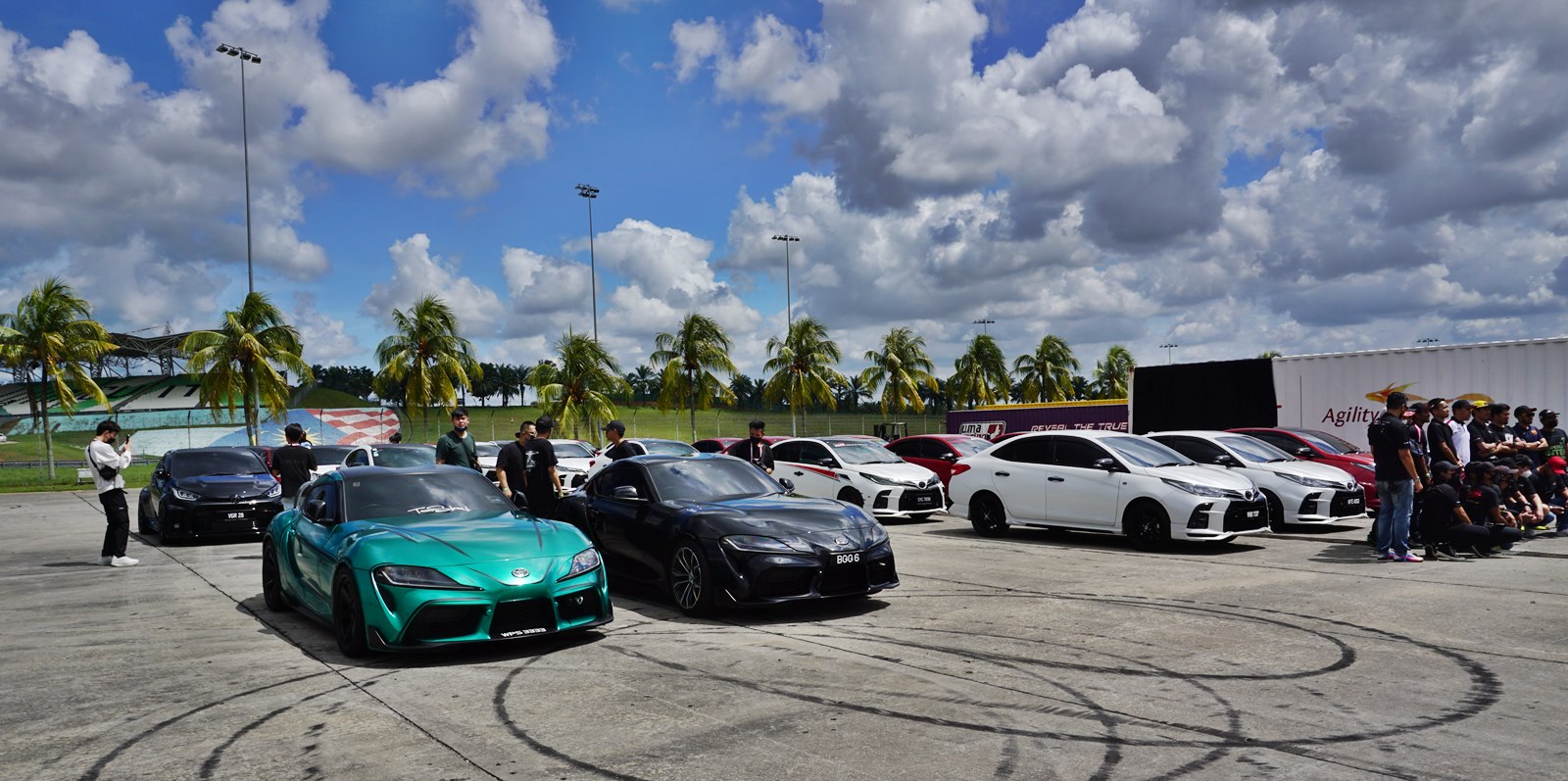
For those who can’t make it to the track, you can still catch Race 2 action and stage performances streamed live on the UMW Toyota Motor website at www.toyota.com.my and on the Face pages of Toyota Malaysia and Toyota GAZOO Racing Malaysia.
GAZOO Racing to have 11 races in 2022 with addition of Vios Sprint Cup and Vios Enduro Cup





